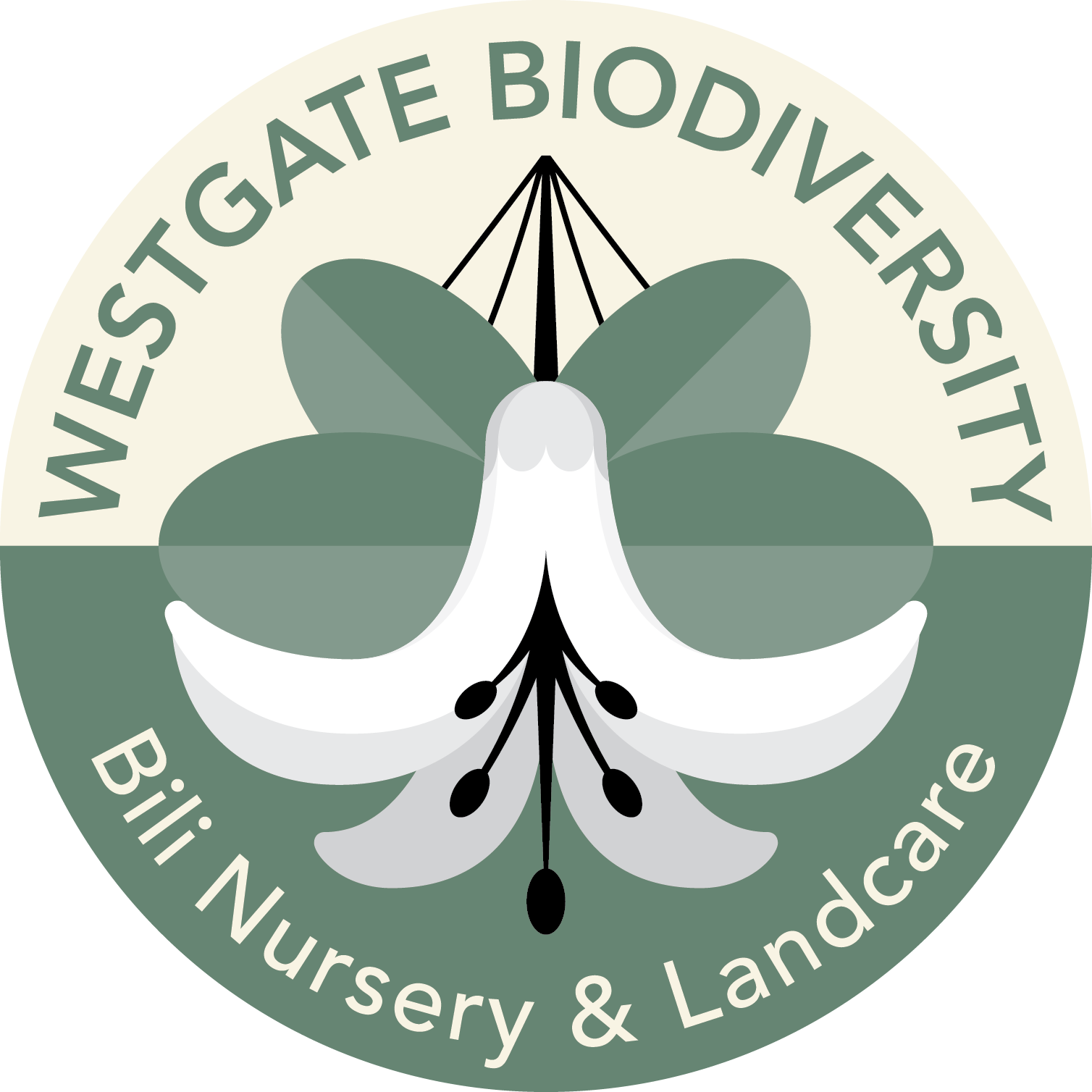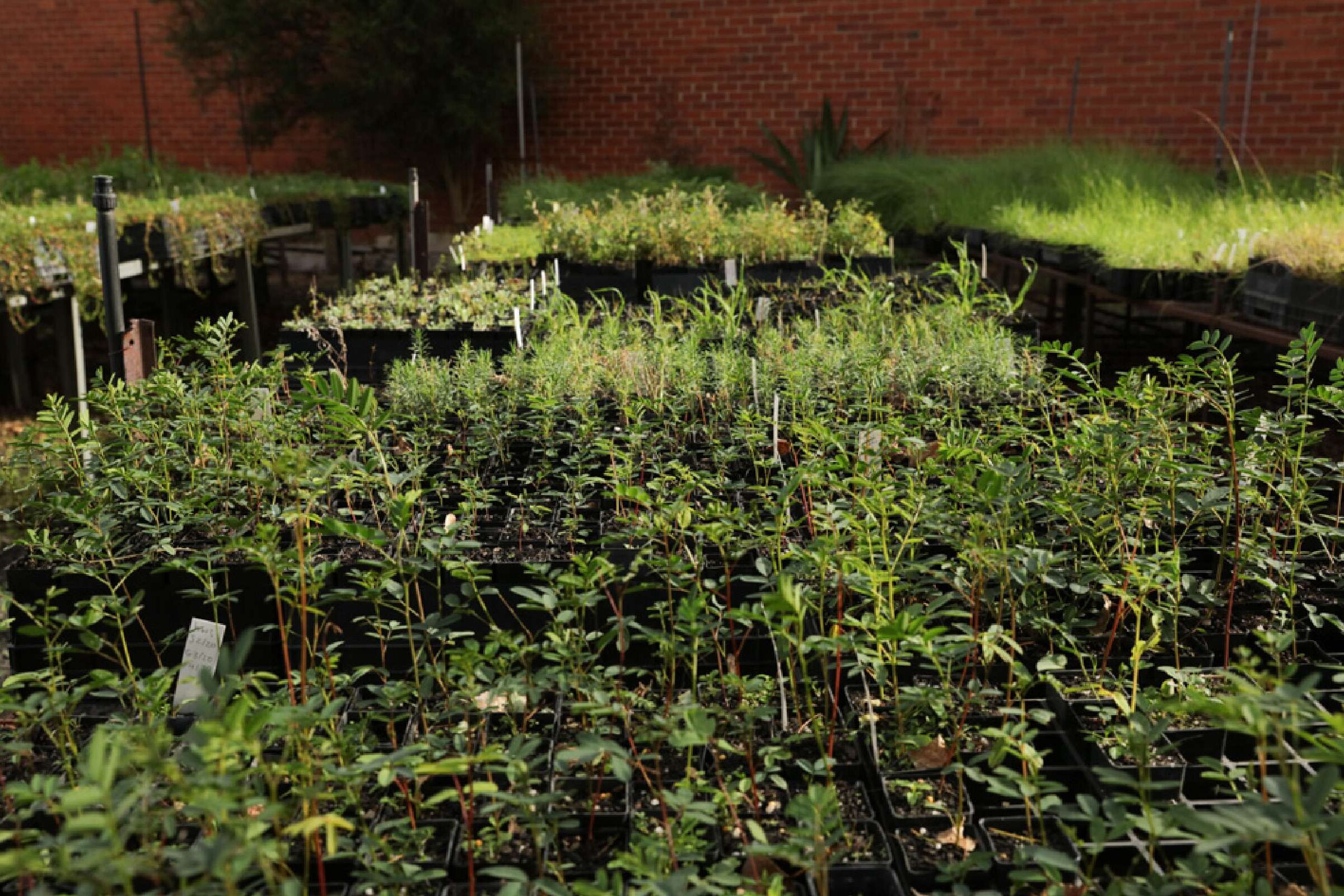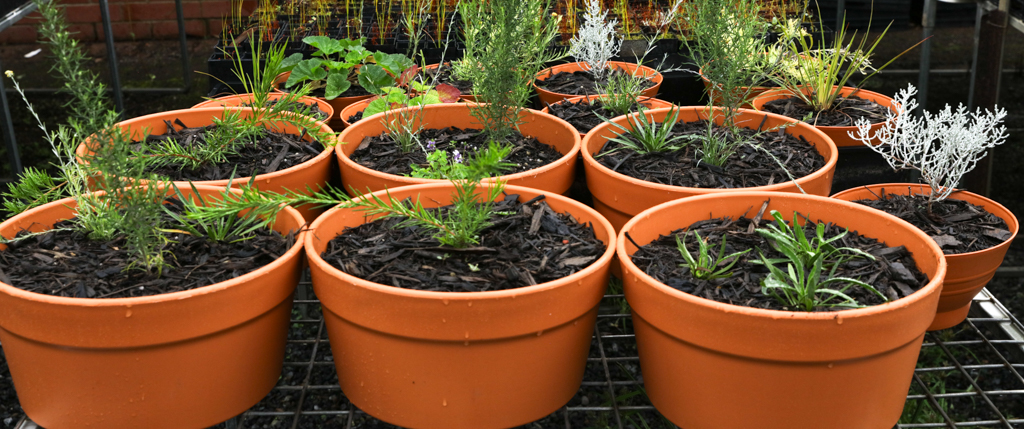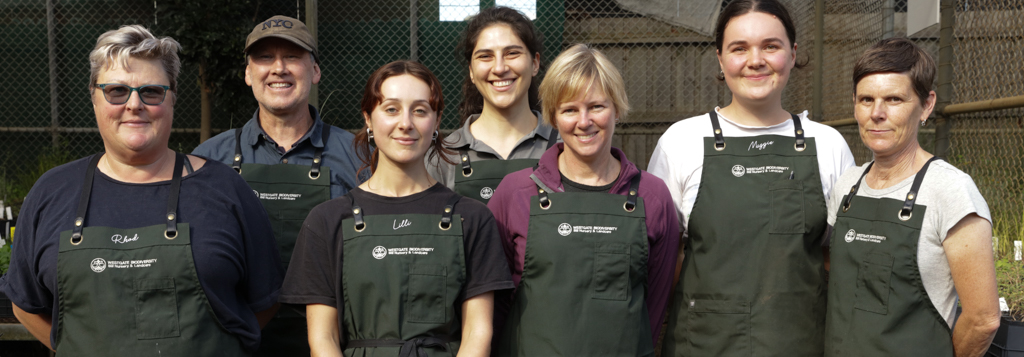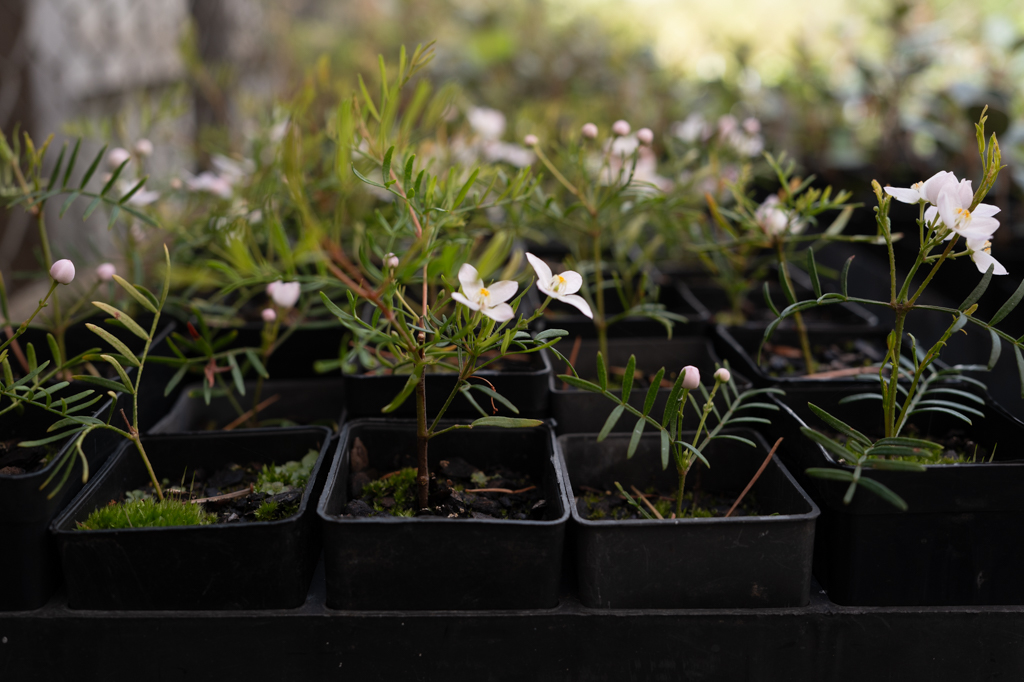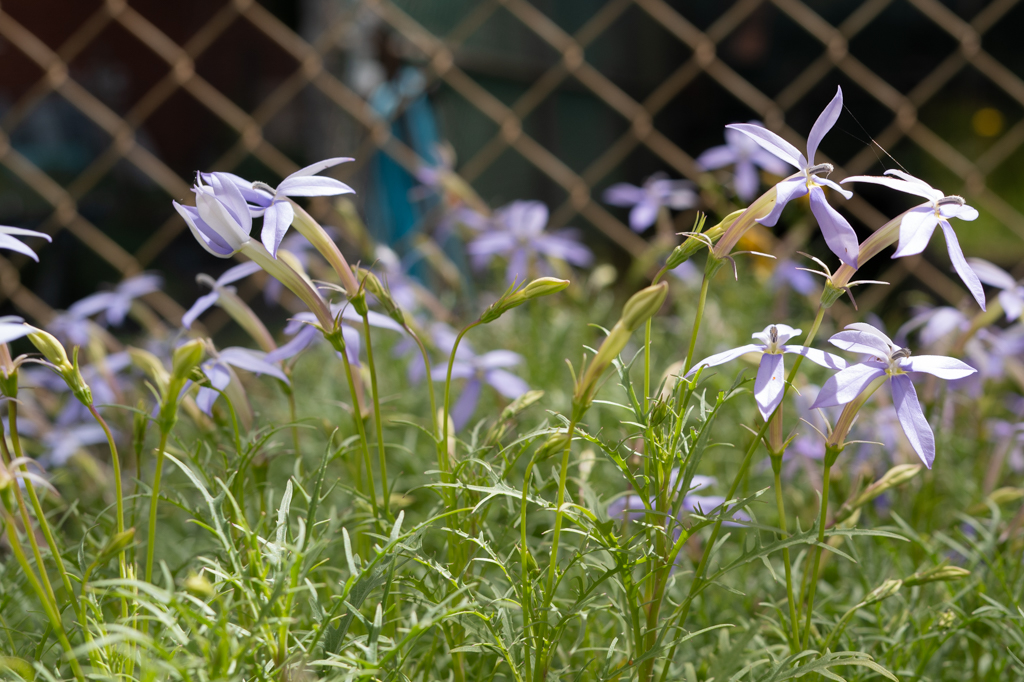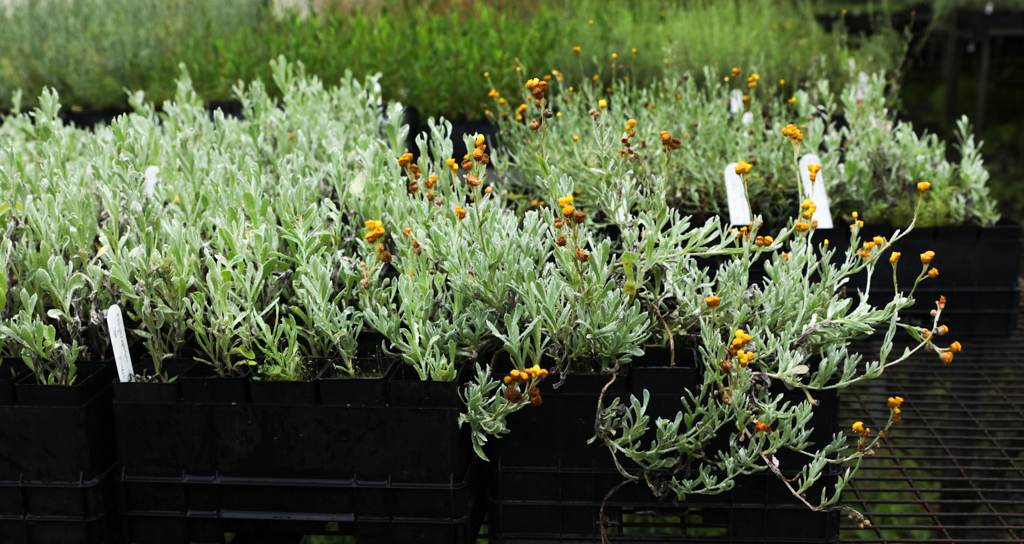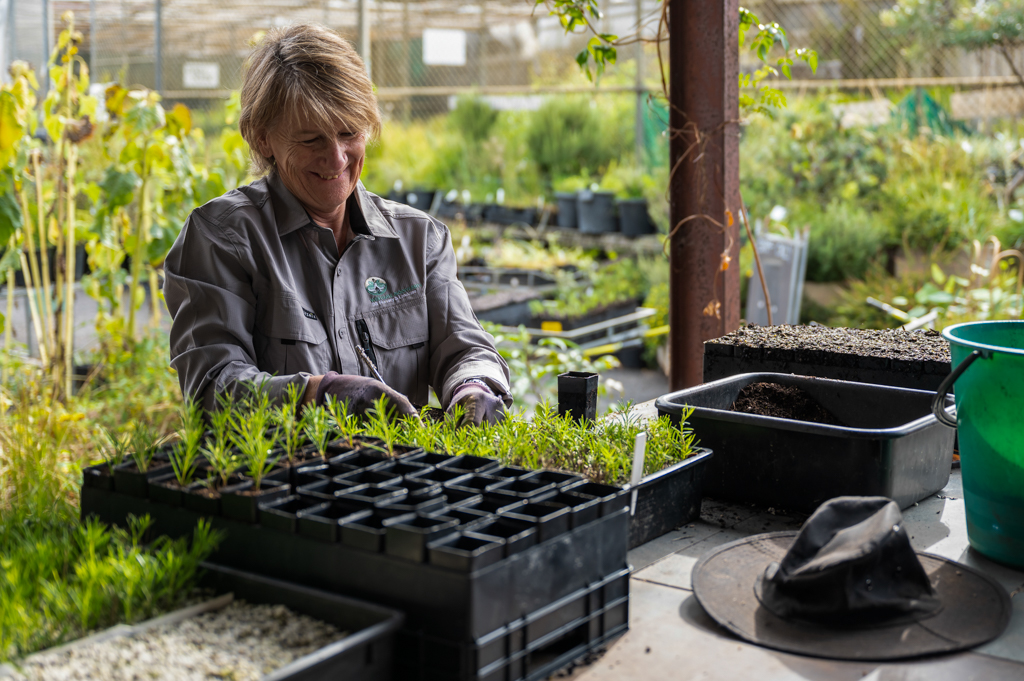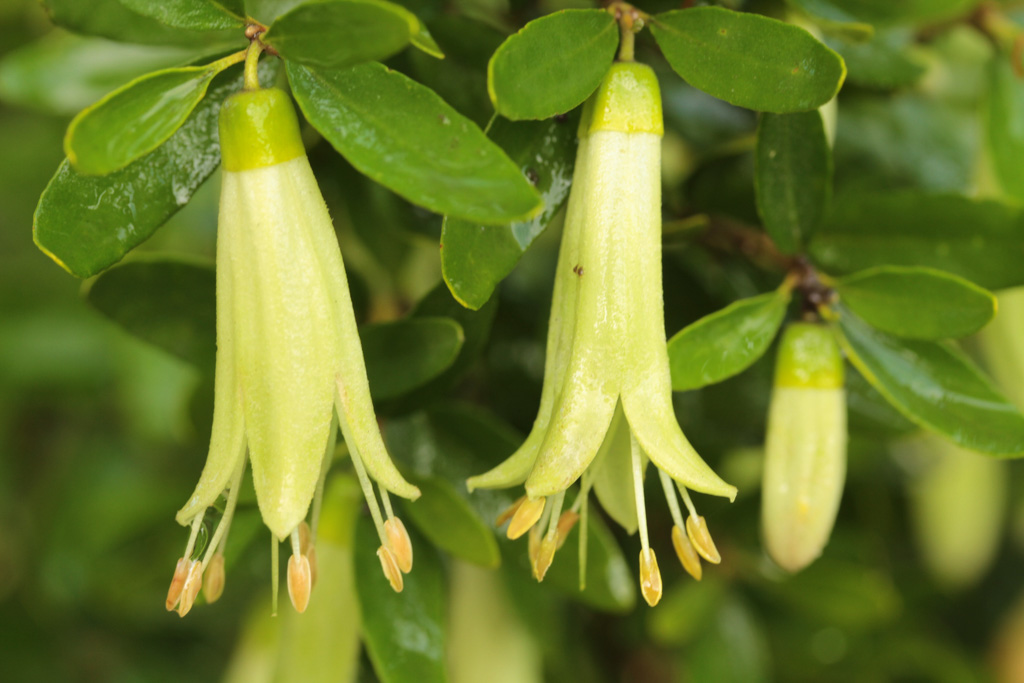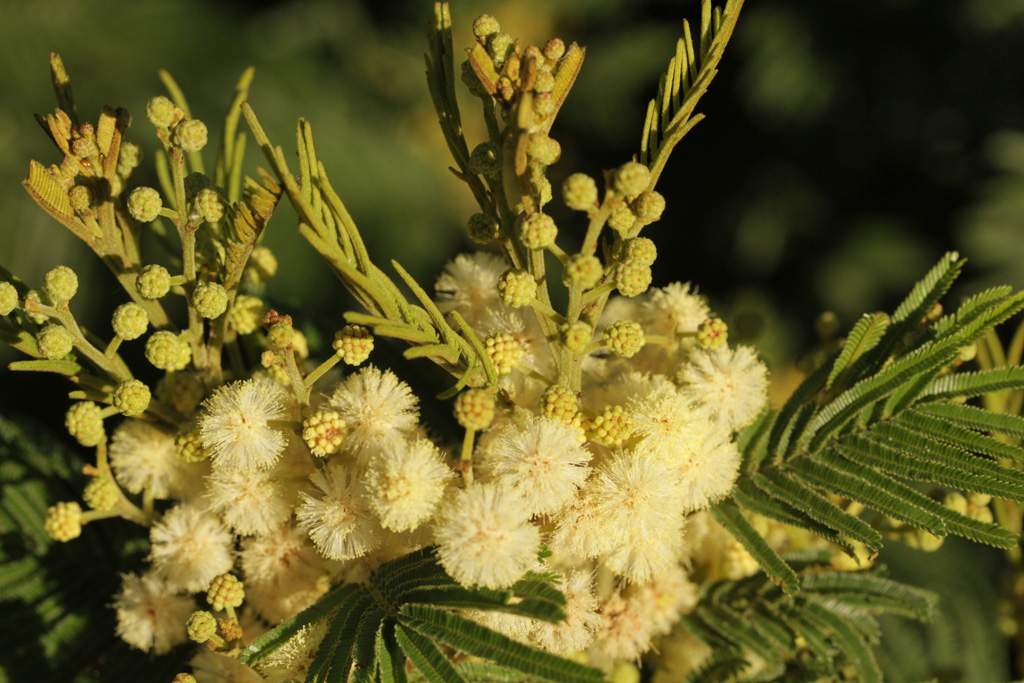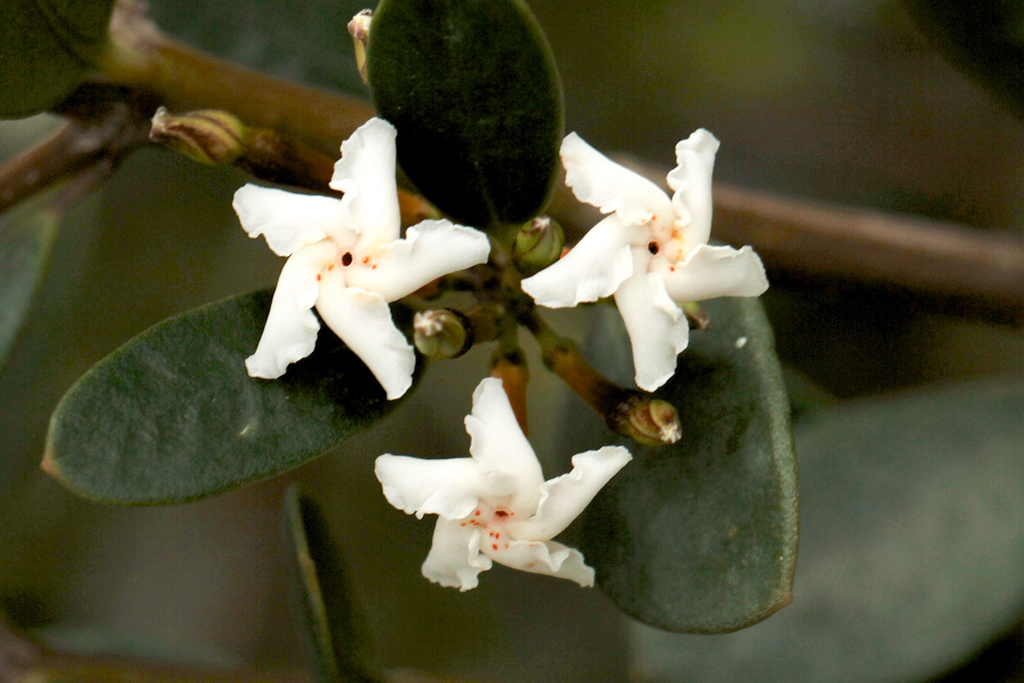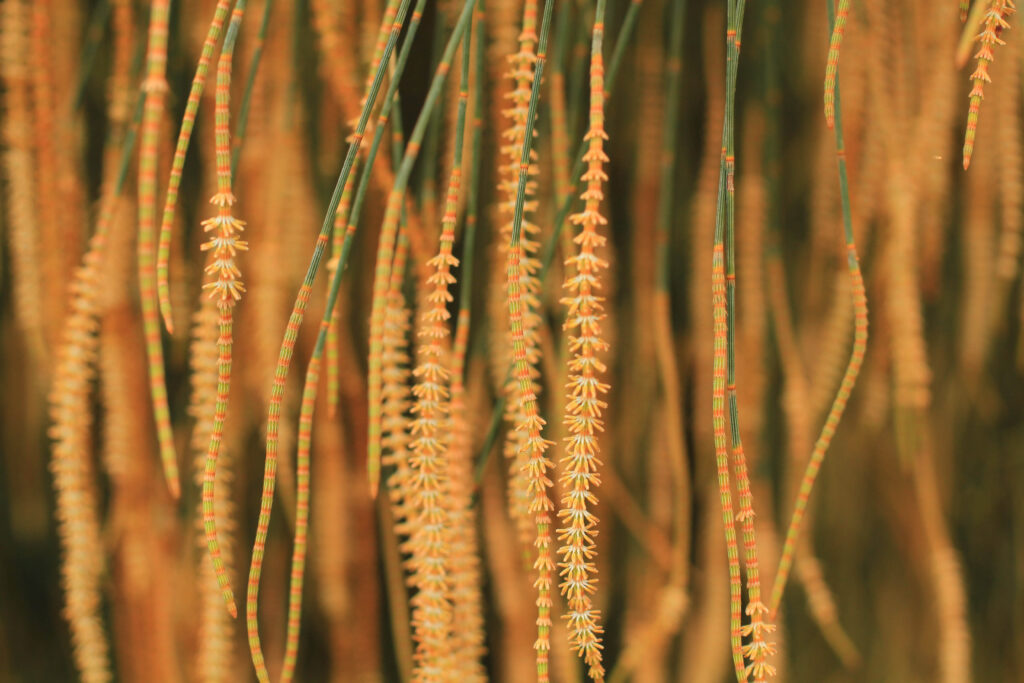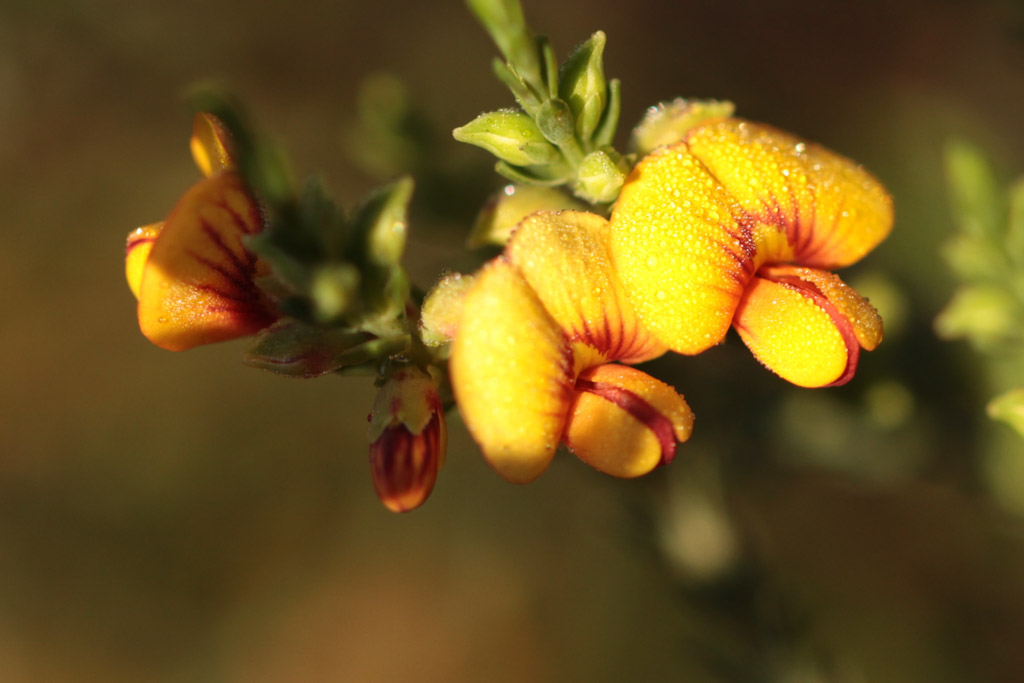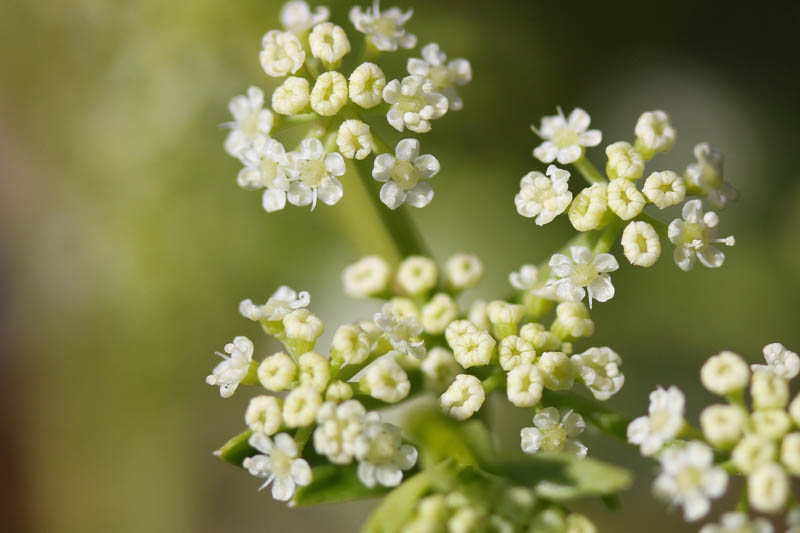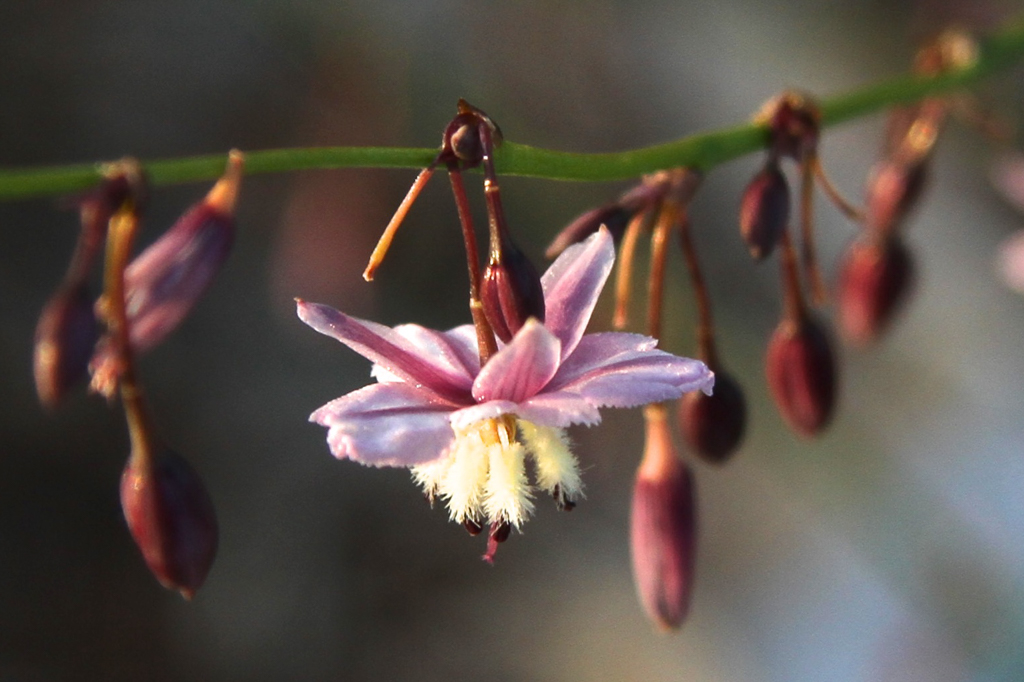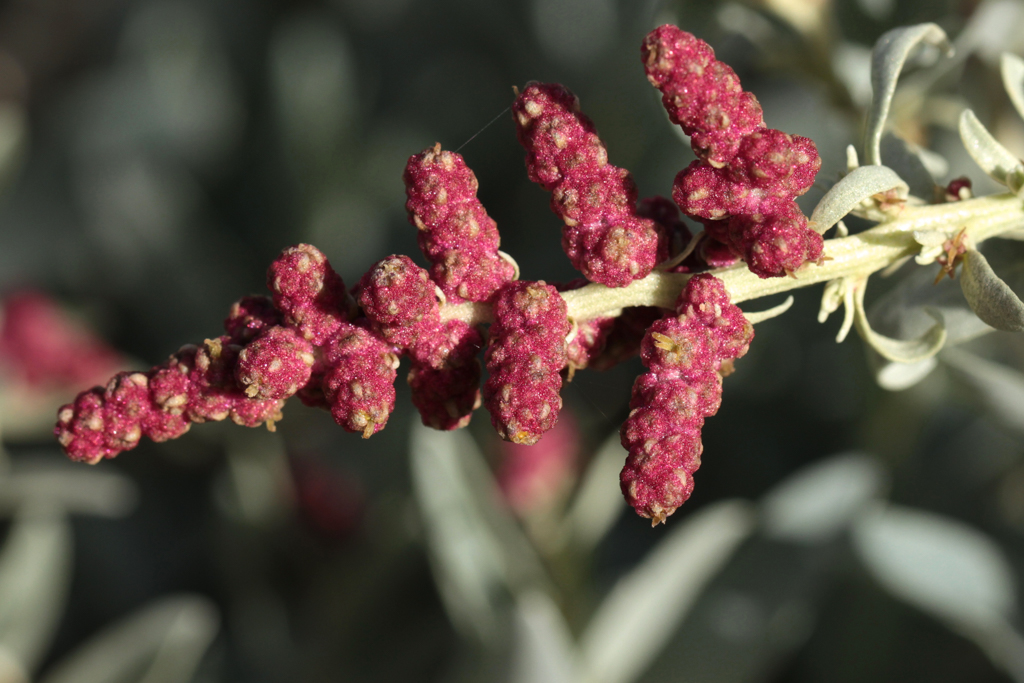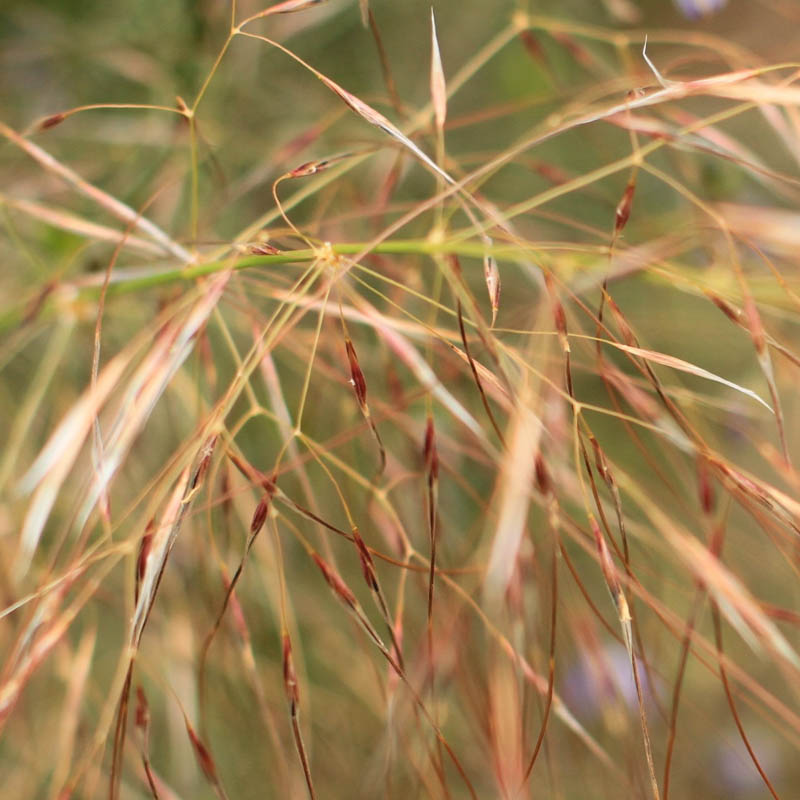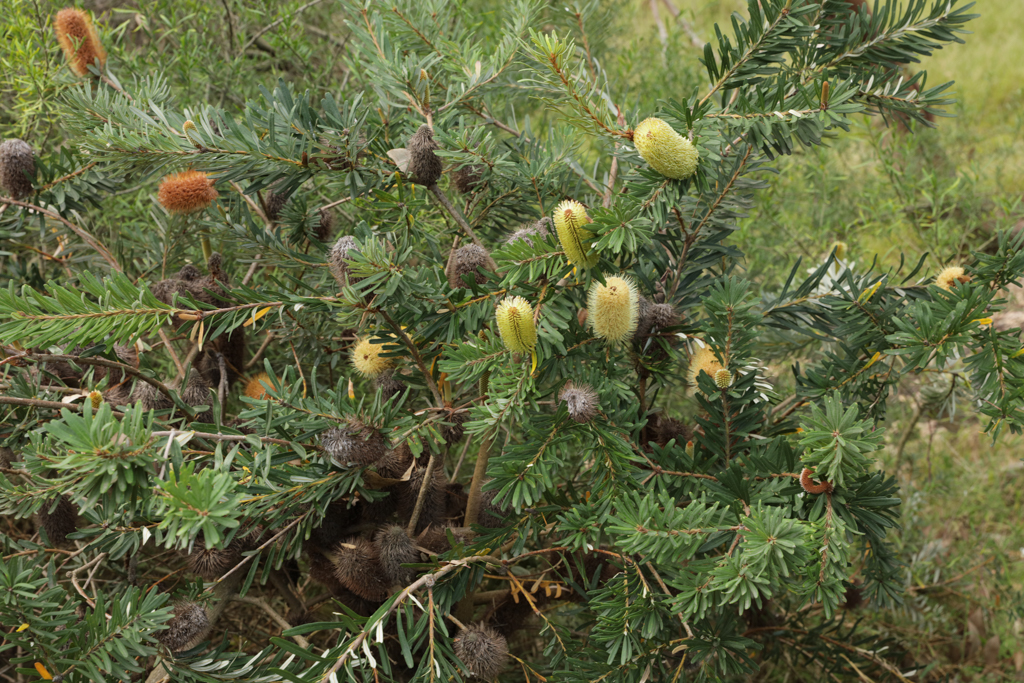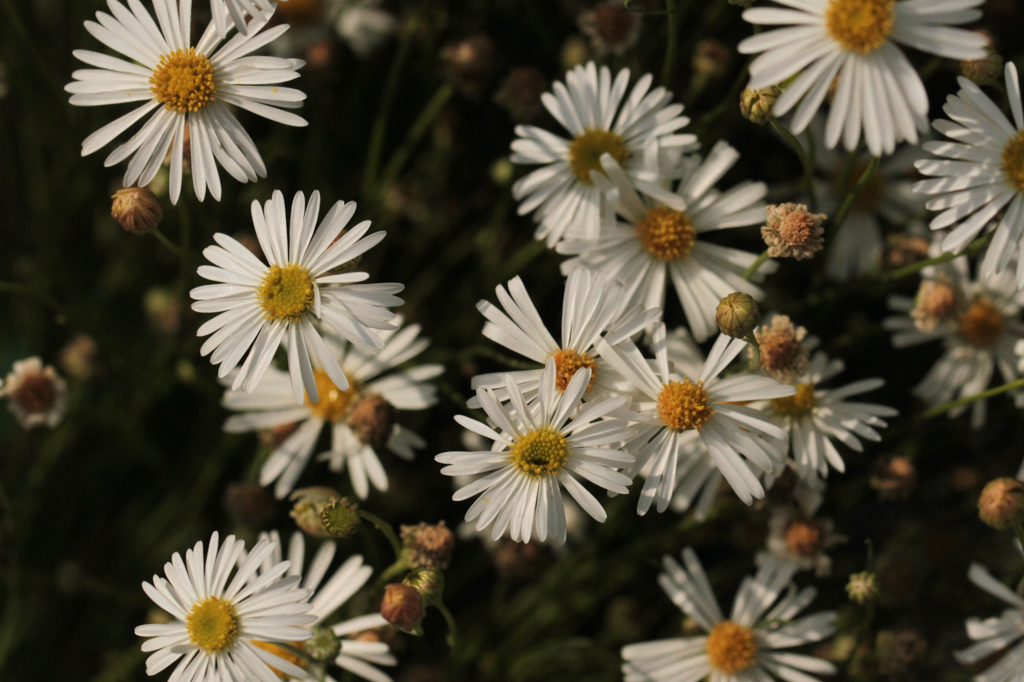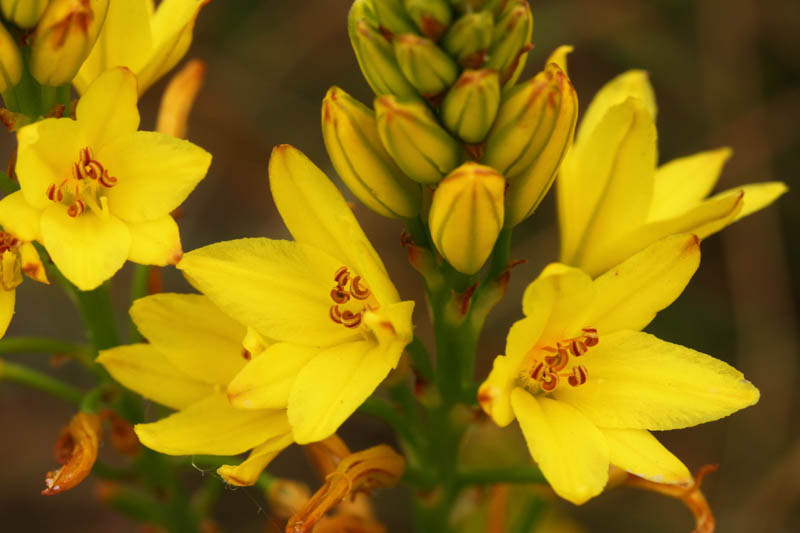Animals that made their way to Westgate Park
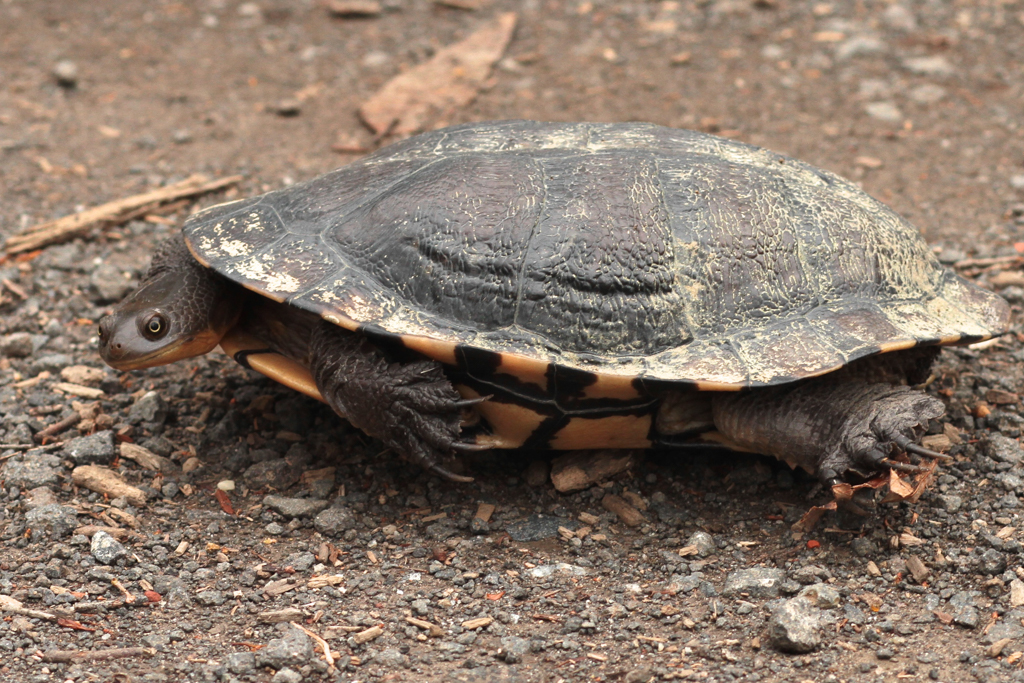
25 years ago Westgate Park had little vegetation and few animals but the work by volunteers in growing and planting ~300 species and hundreds of thousands of indigenous plants over this time has created an extraordinarily diverse habitat for animals.
To date 177 species of birds have been recorded in our monthly bird surveys. Some birds, like the little Superb Fairy Wren and the Black Swan, are resident and breed in the Park, others are frequent or occasional visitors and some migrate annually to northern climes.
We have also observed many skinks, lizards, turtles, yabbies, snakes, frogs, possums, microbats, flying foxes and ~100 species of insects and spiders – all part of what is now a very biodiverse habitat. Here’s a sample:
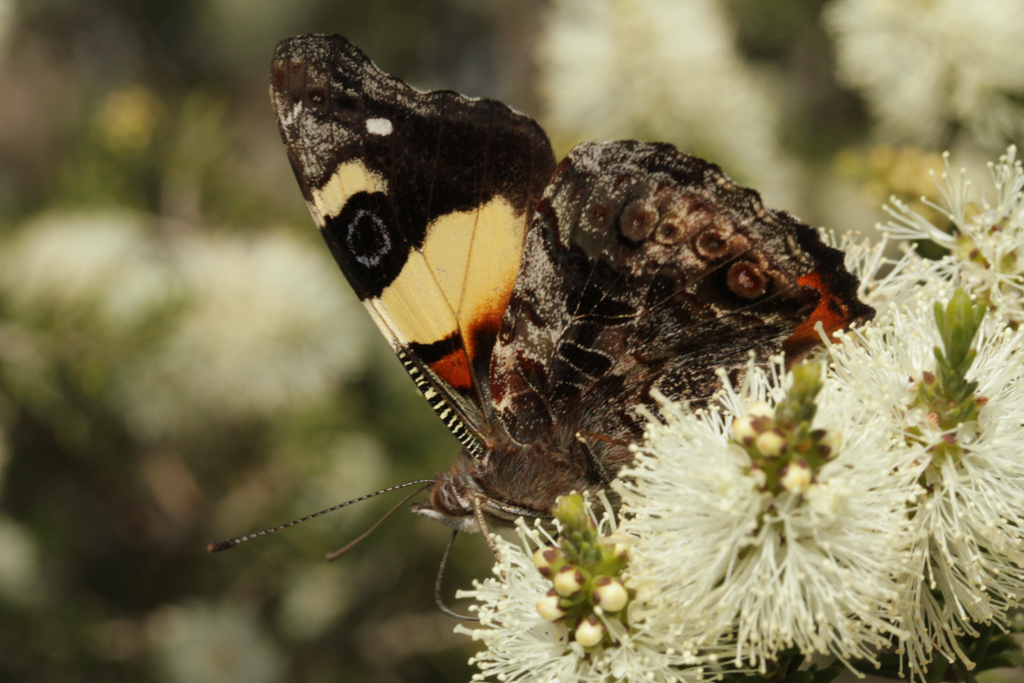
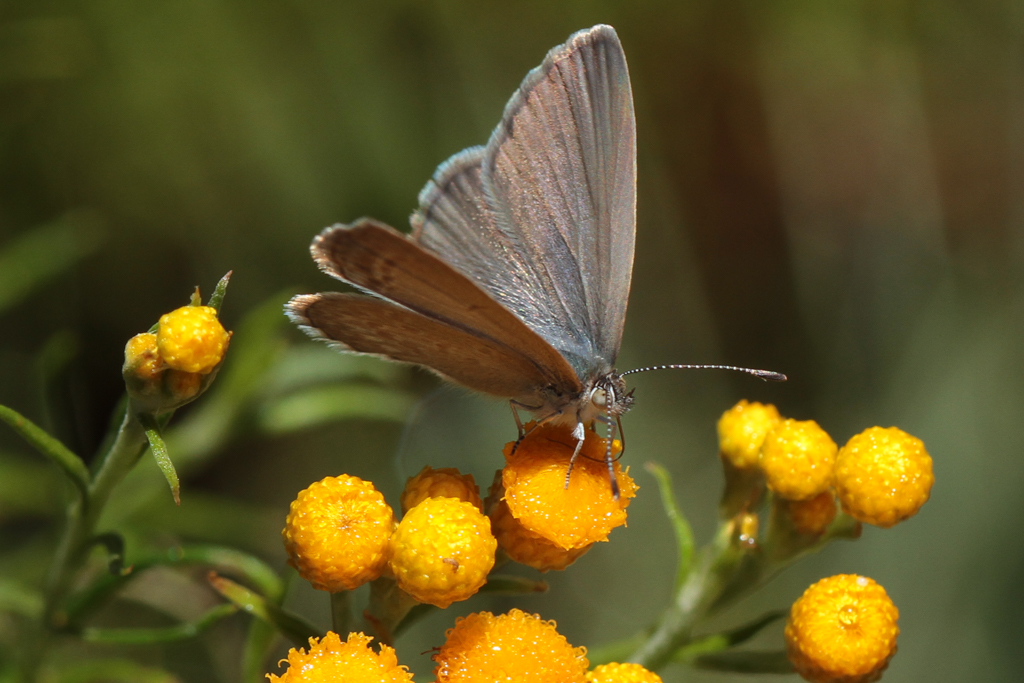

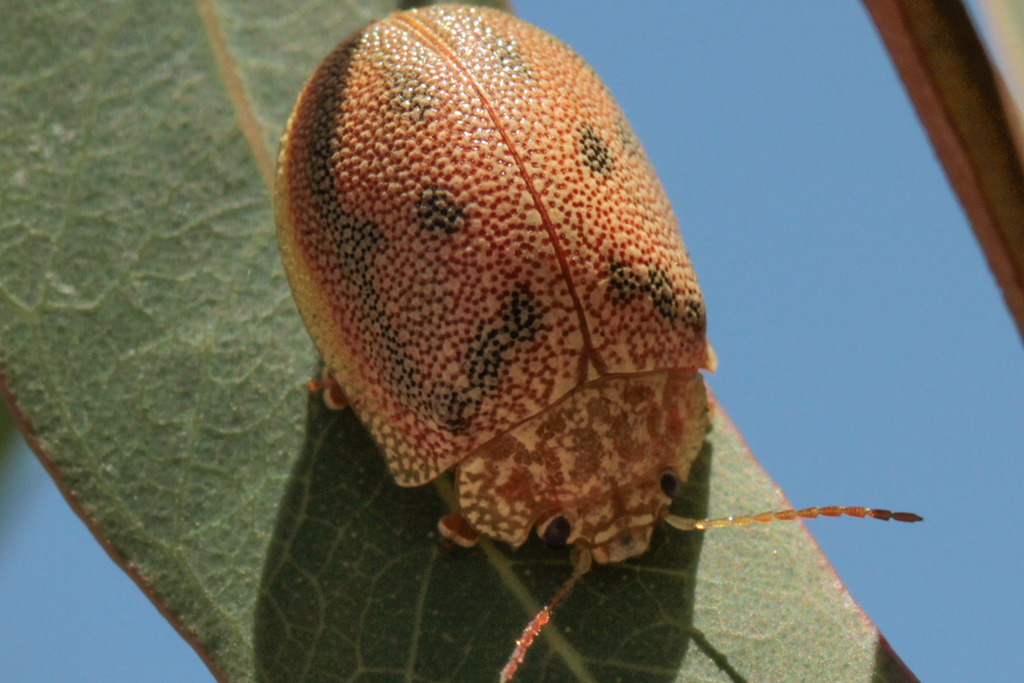
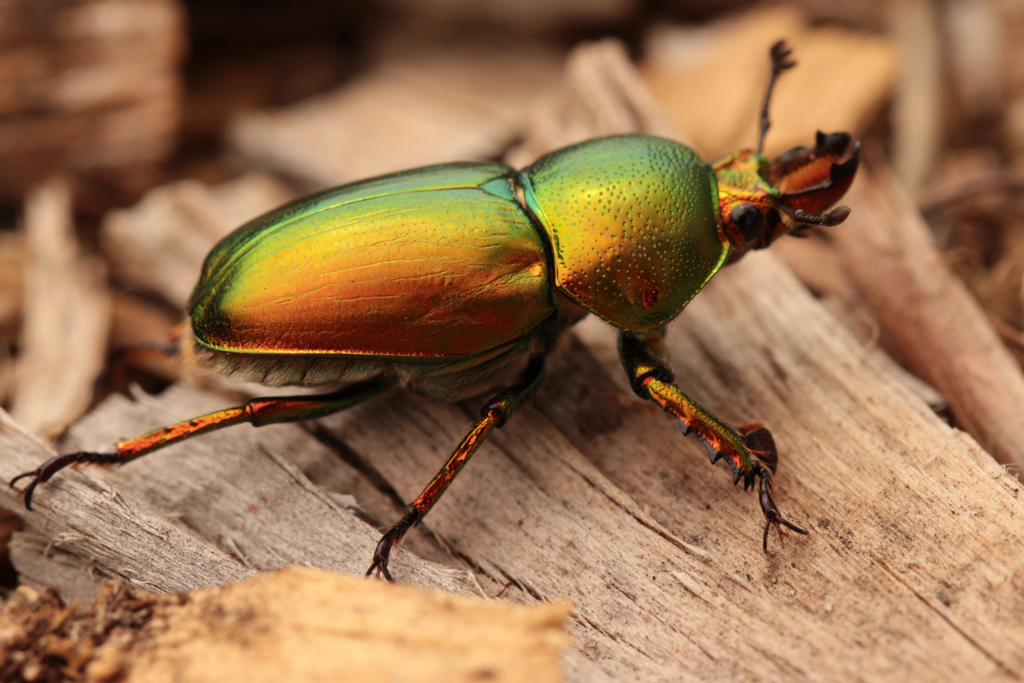
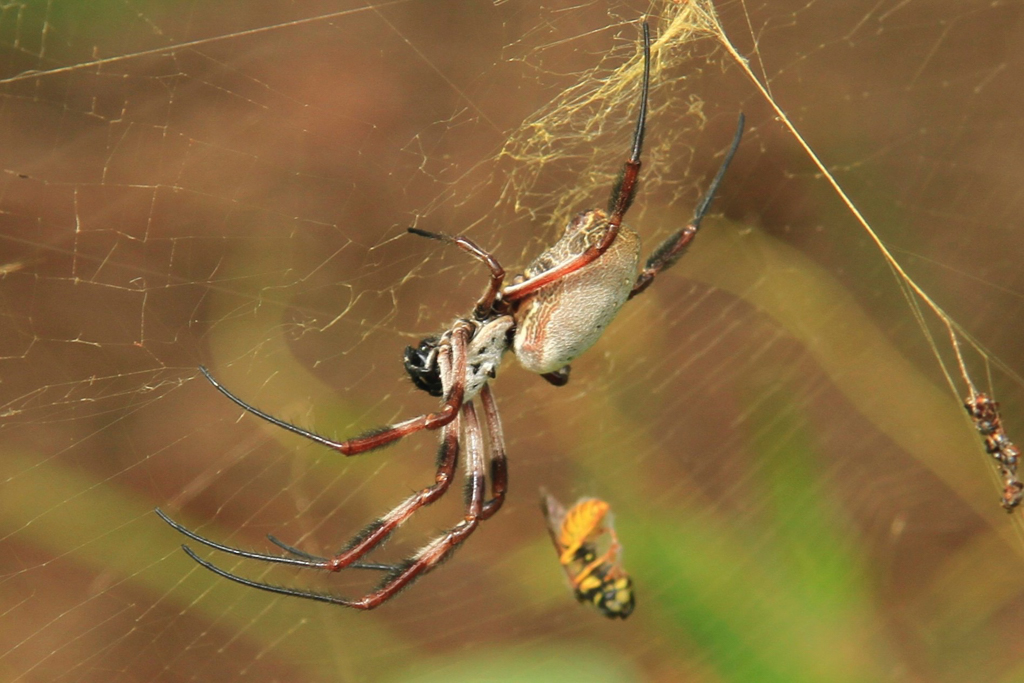
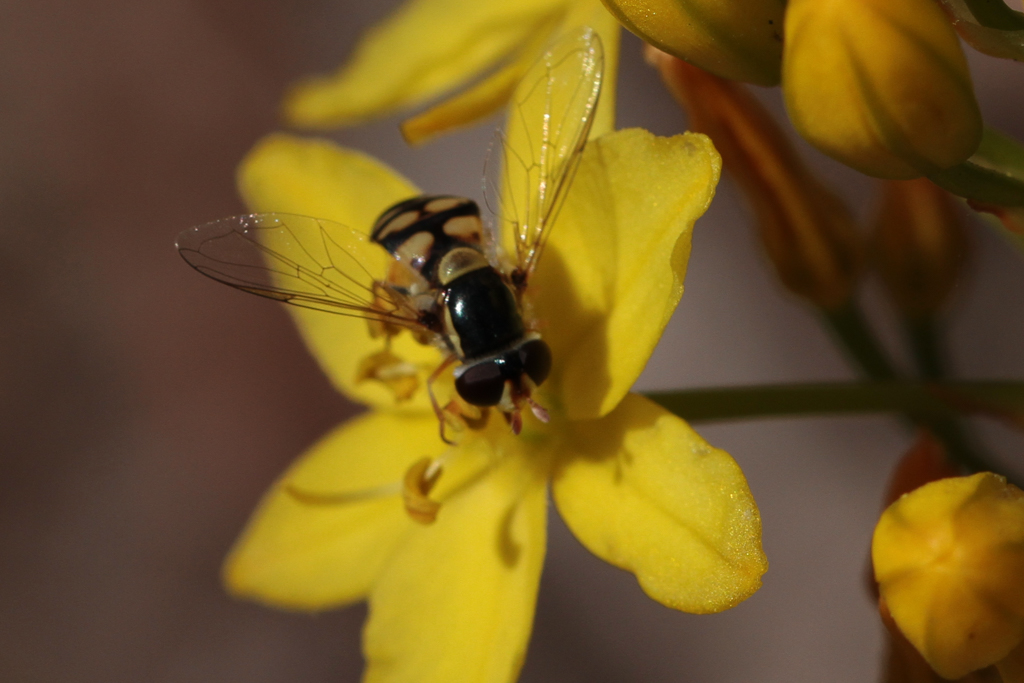
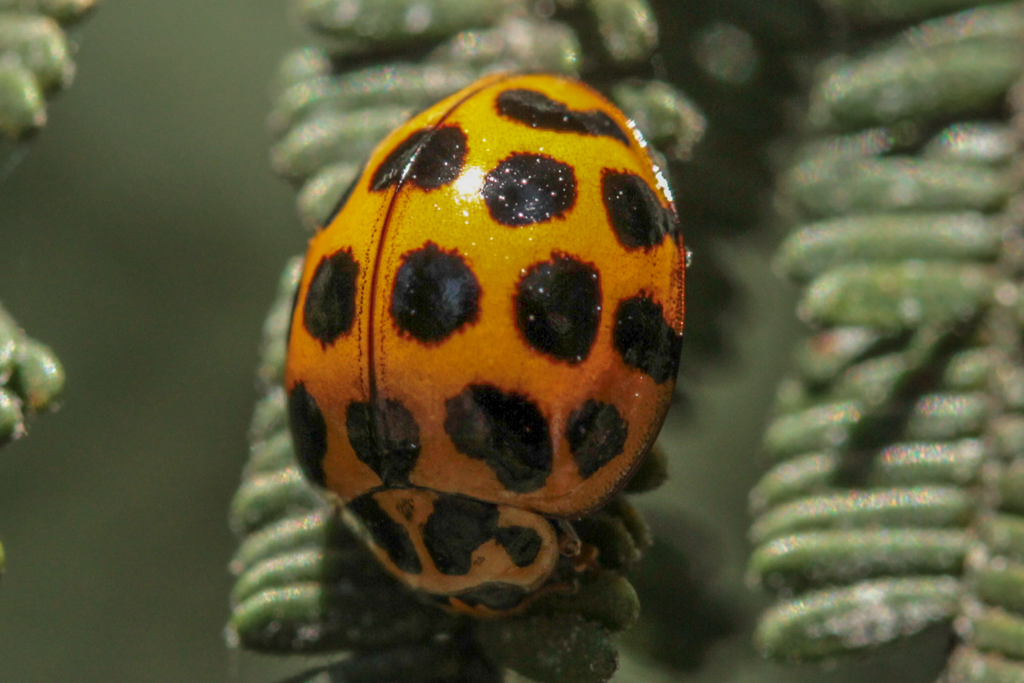
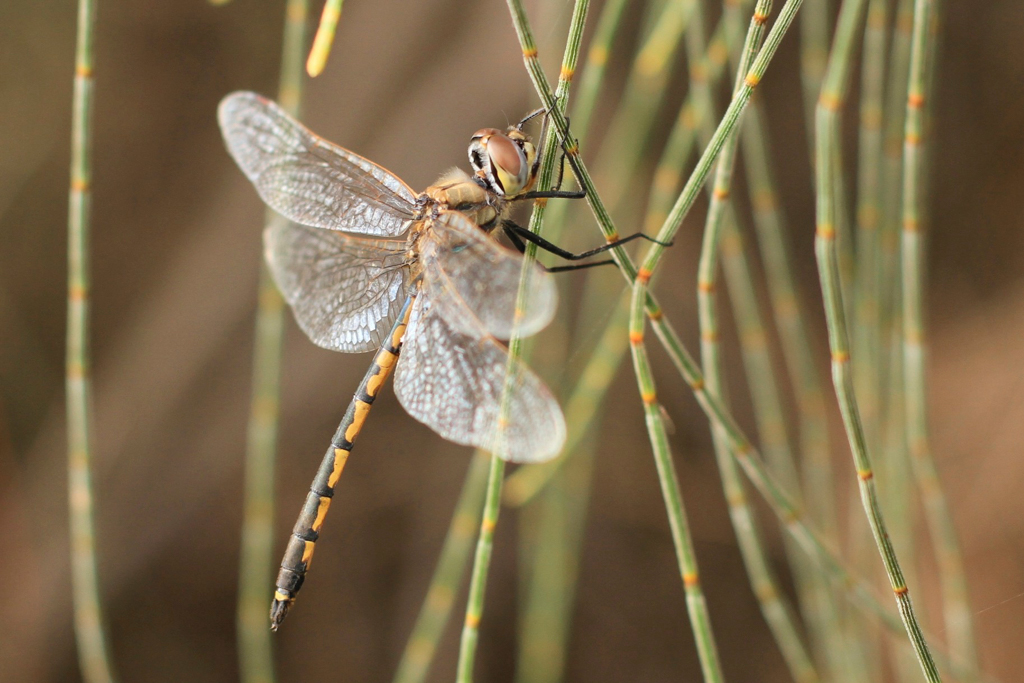
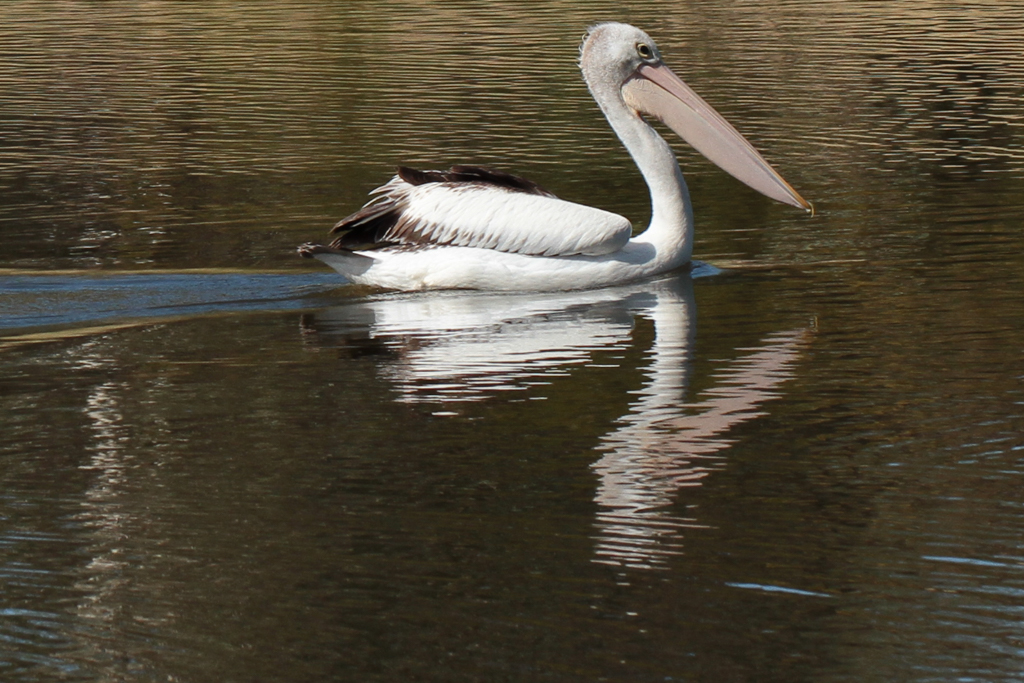
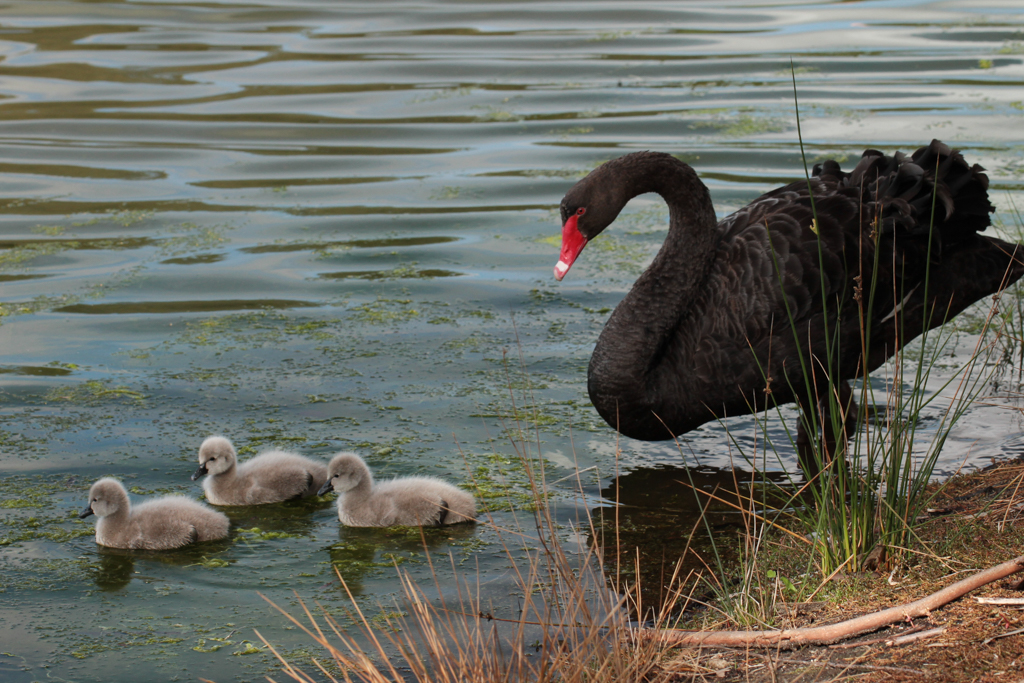
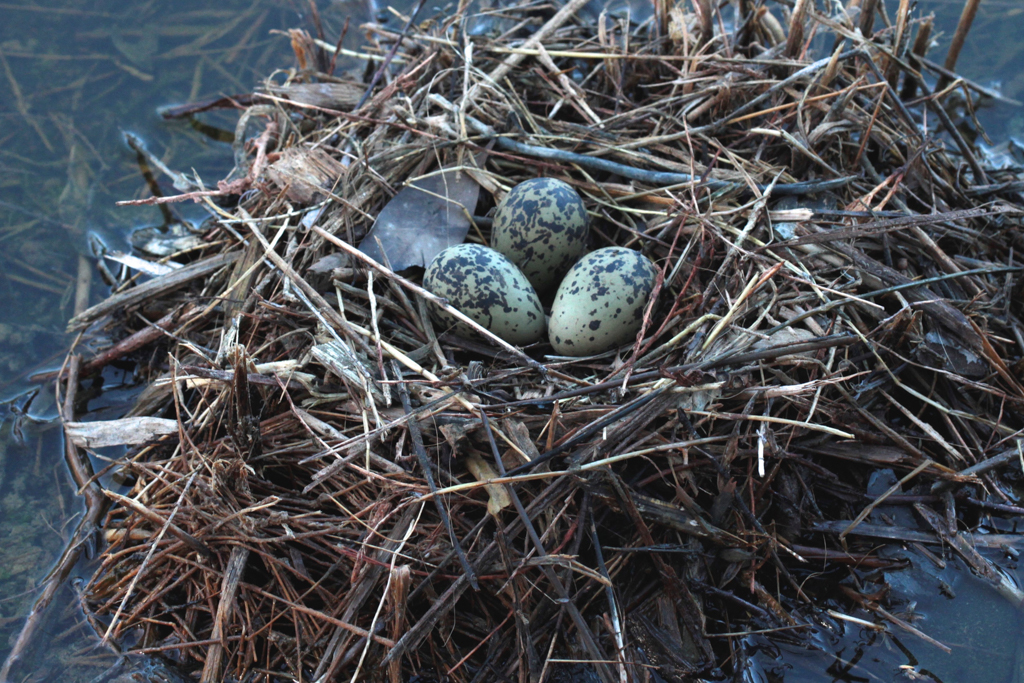
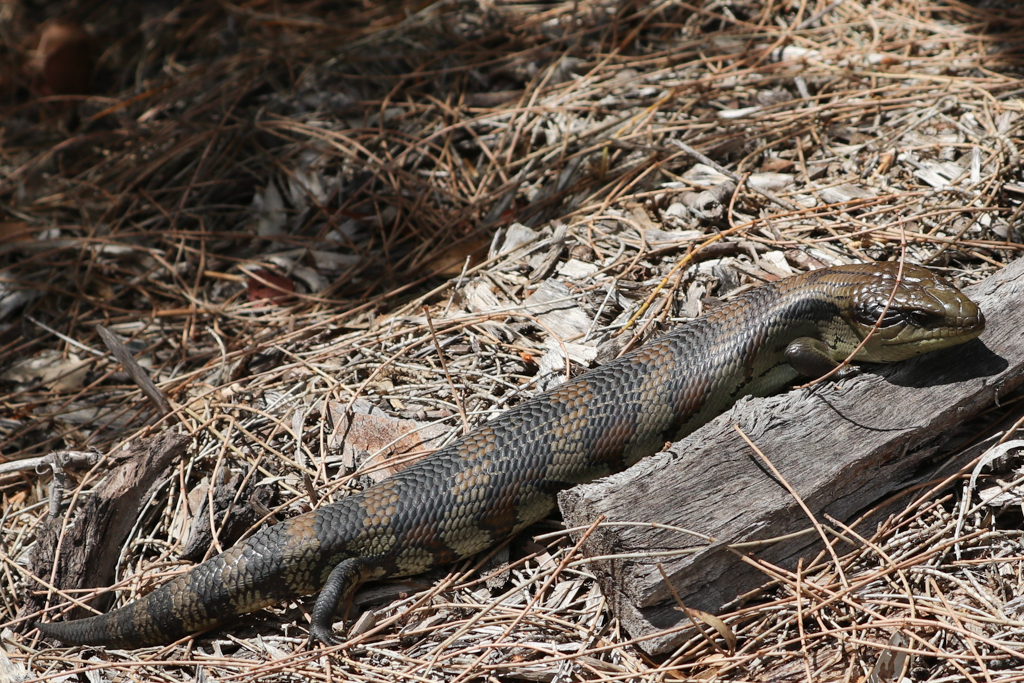
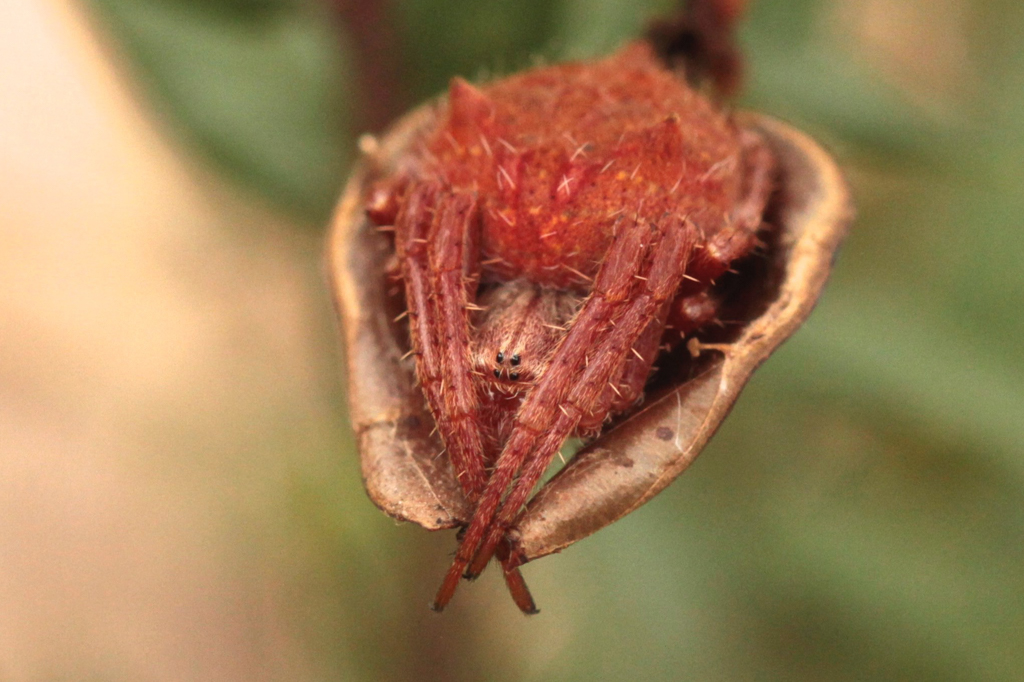
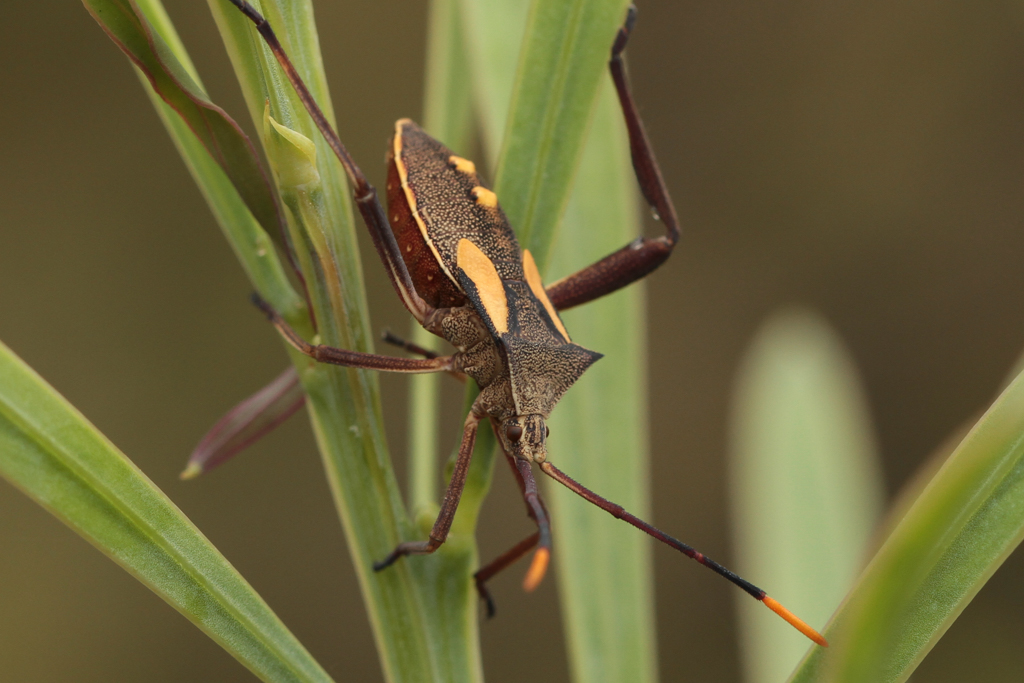

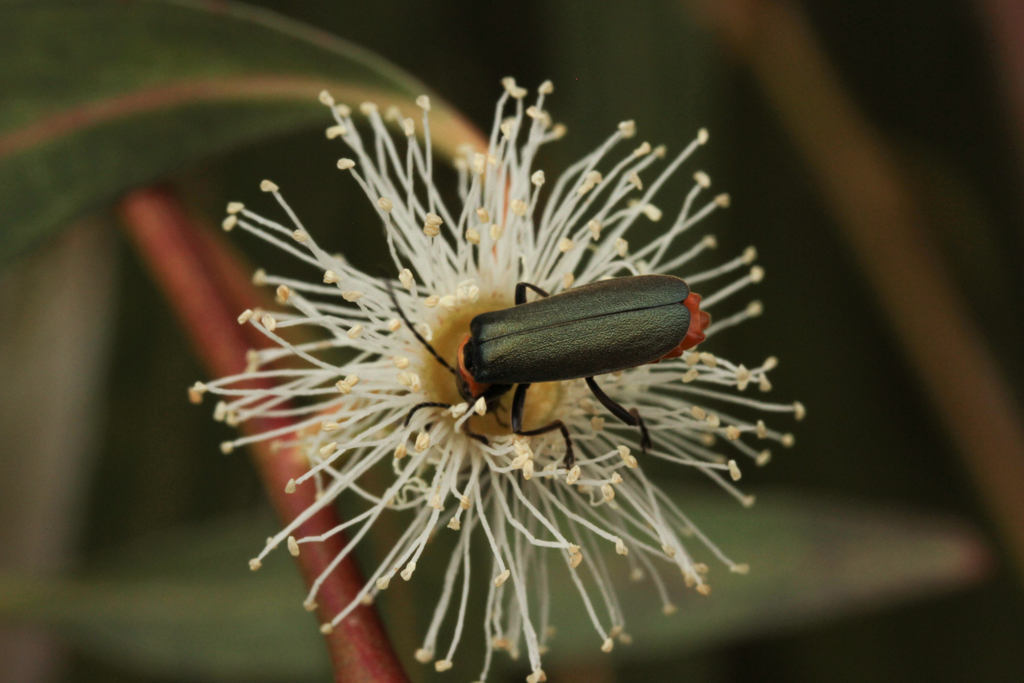
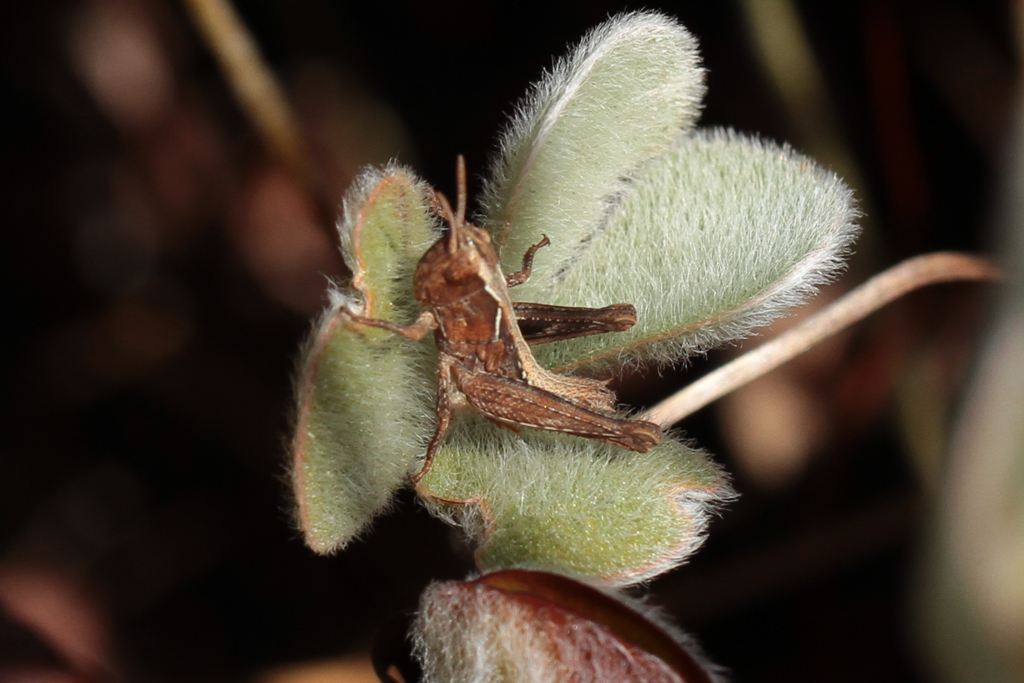
Citizen science – projects

It is important to us to be involved in projects that advance our knowledge of the natural world, from the perspective of Westgate Park and the Melbourne region.
Nest boxes for microbats and hollows nesting birds
This project, was funded in 2023 by DEECA and Melbourne Water to provide nest boxes (50) for microbats and hollows nesting birds, recognising that natural hollows in large trees are unlikely to form for some time. We monitor these boxes, recording what’s in them in the warmer months and track microbat echolocation calls after dusk. So far we have only recorded the Gould’s Wattled Bat but experience tells us it may be some time before the boxes are occupied. This project is ongoing and if you would like to join the microbat/bird box team let us know here.
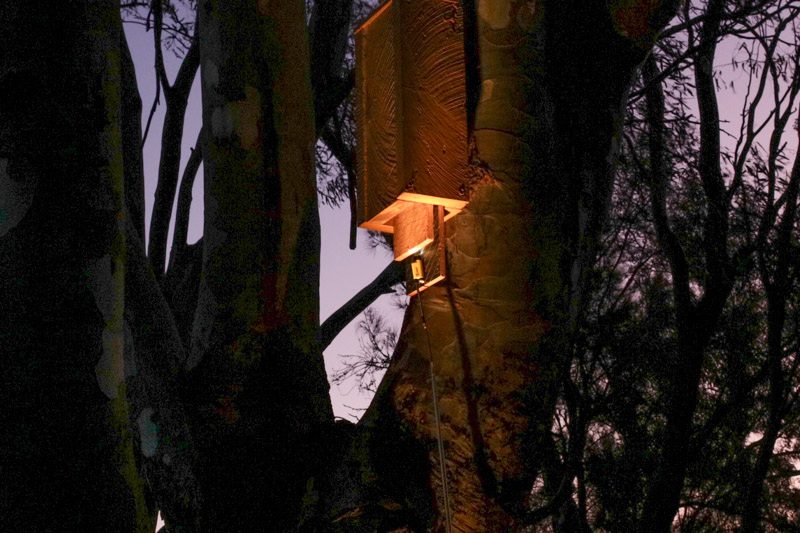
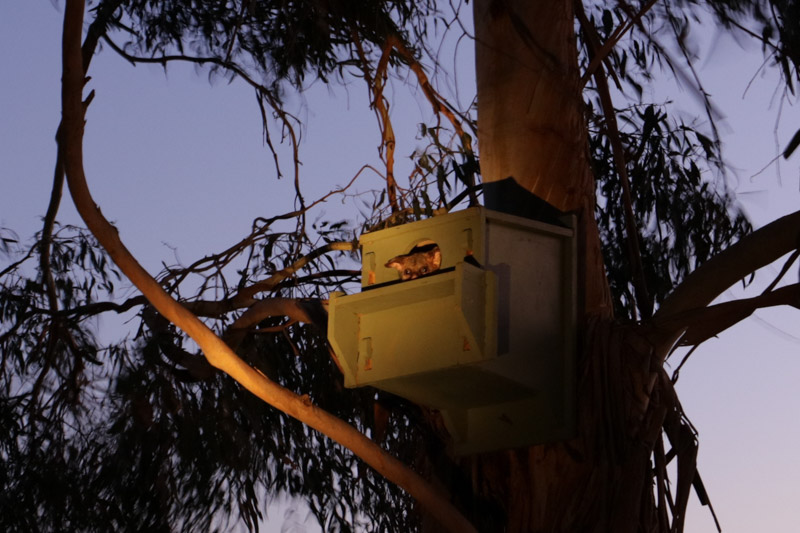
Raising Rarity
Our team is working with Cranbourne Botanic Gardens to grow the critically endangered Xerochrysum palustre – Swamp Everlasting. Cuttings from this daisy will be collected from wetlands at Gisborne Racecourse and a site in Pakenham.
Leucochrysum albicans var. tricolor is also a paper daisy but it too has undergone a substantial decline in range and abundance. Populations are small, highly fragmented, and threatened by weed invasion. It grew in Westgate Park for some years before being overcome by weeds. This year we will take on the survival of this daisy too. Provenances will be held separately and cross-pollinated in the future.
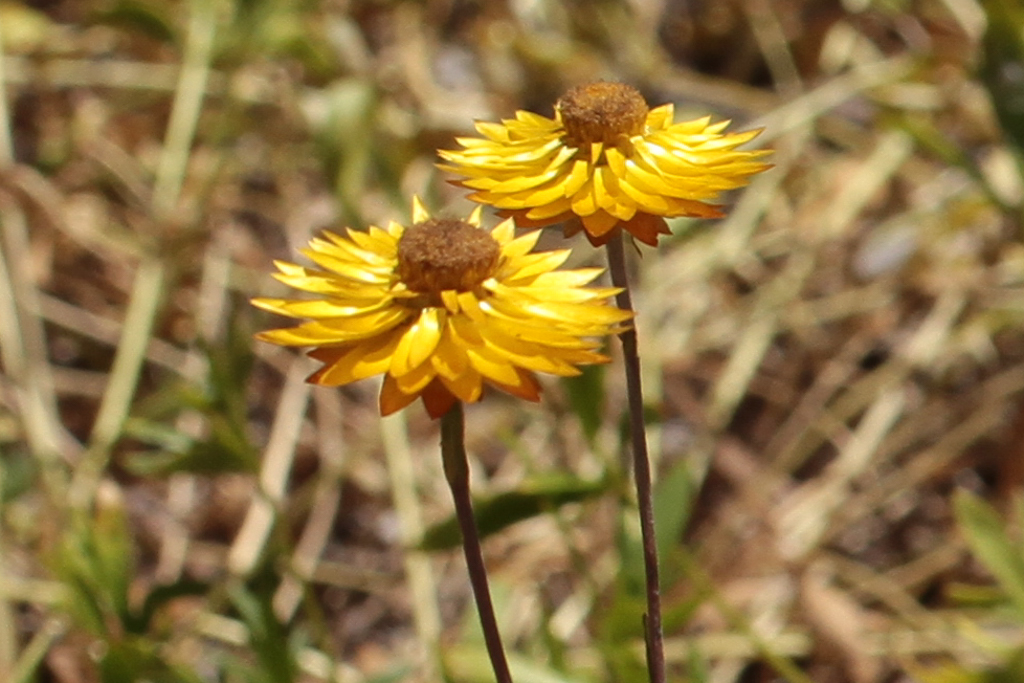
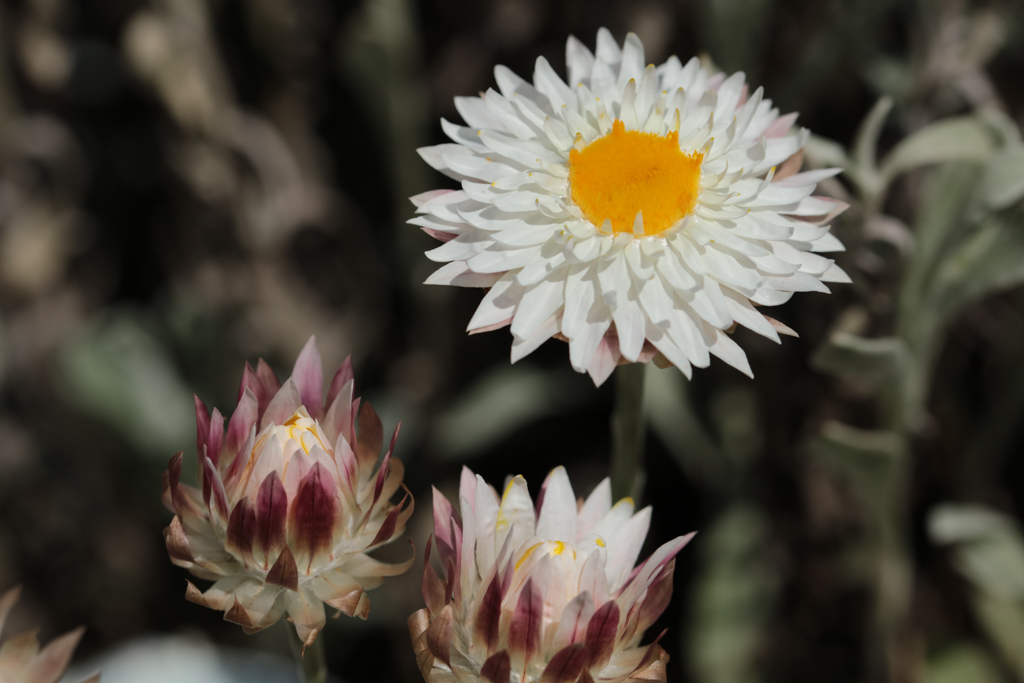
Western Plains Grasslands
Grasslands in urban areas are now critically endangered. This project will establish an assisted (irrigated & maintained), drought-proof grassland in Westgate Park. Our aim is to conserve threatened and critically endangered grassland species. The project will involve a diverse range of people in the understanding and importance of ecosystems and the survival of species threatened by development.
The intended outcome is a functioning, endangered species seed orchard and living Ark. Successes are to be measured by natural species self-replication, the arrival of fauna using habitat created and the seed collected to be available to other interested bodies.
Mown pathways will meander through the grassland allowing close-up observation. Signage will assist visitors in identification. Future scope includes sculpture as habitat and an ephemeral pond for fauna. The grassland will be multifunctional with education and conservation our main focus.
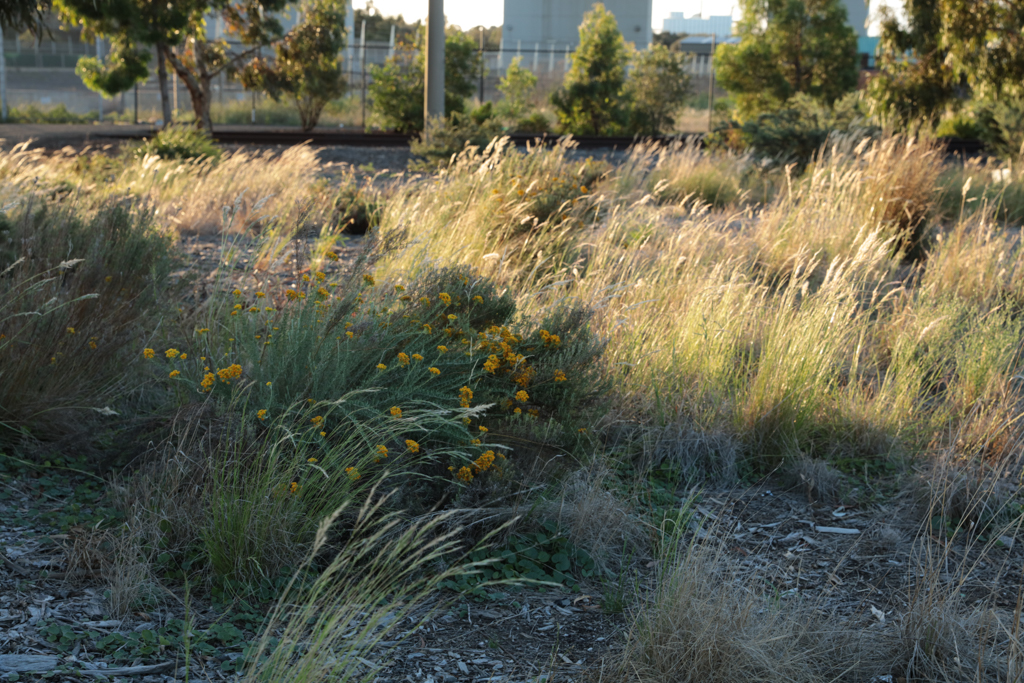
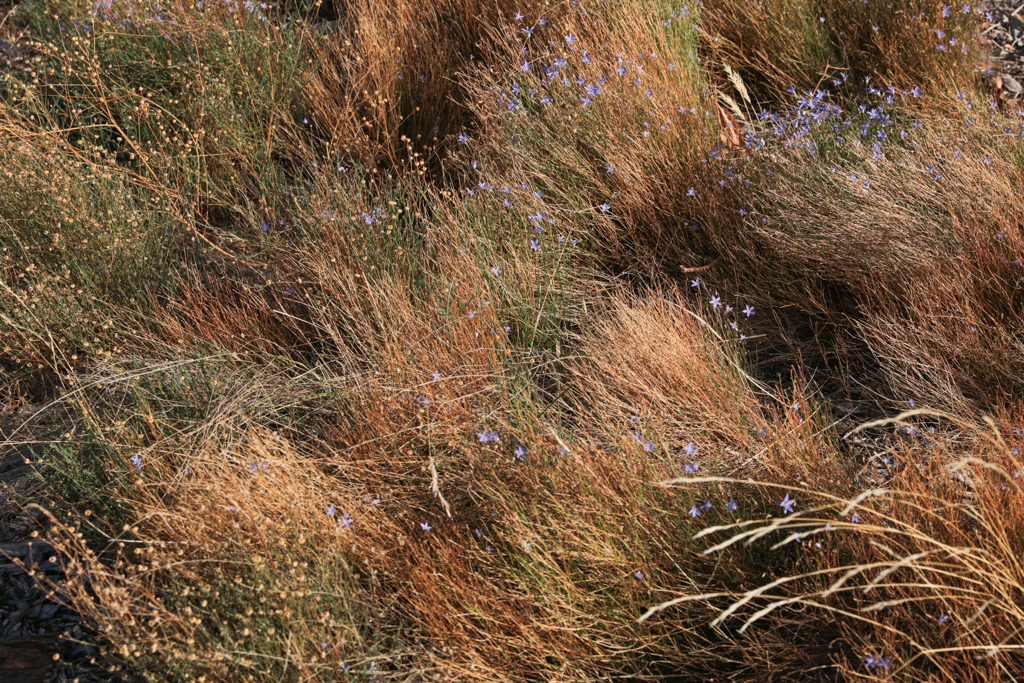
The Heart Gardening project
We work closely with Emma Cutting, founder of the Melbourne Pollinator Corridor and Heart Gardening Project helping to create over 100 street gardens with ~10,000 plants mostly supplied by Bili Nursery. The MPC aims to have an 8km long wildlife corridor for native pollinating species. It envisages 200 gardens that connect green patches along the Birrarung to Westgate Park and the Royal Botanic Gardens. See here.
The Pollinator Project
The first of its kind in an urban park – this two-year project began in 2017 – a collaboration with Dr Luis Mata at RMIT to research the interactions between plants and their insect pollinators. The RMIT research was assisted by the observations of citizen scientists – some of whom spotted interactions that surprised the researchers! The methodology developed by this project has since been used in several other park settings. It was funded by the City of Melbourne.
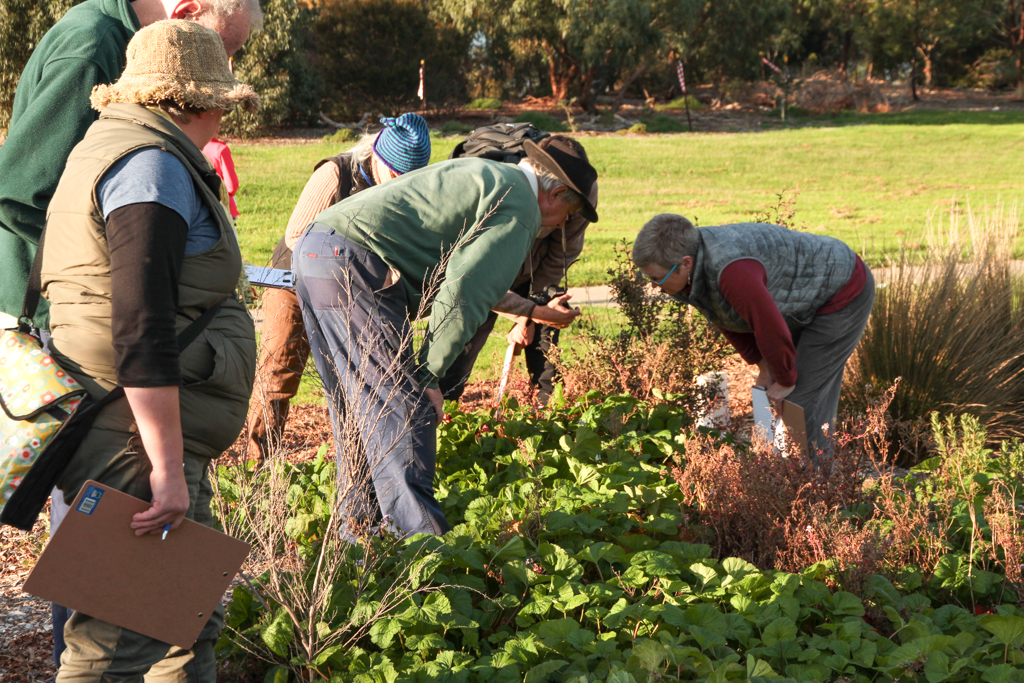

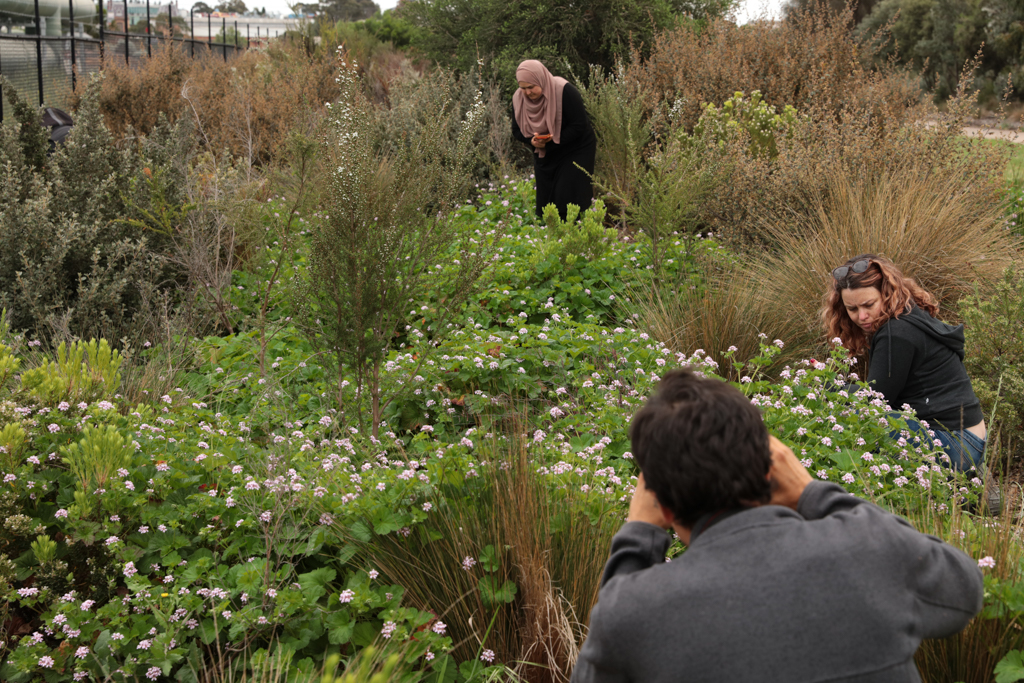
Westgate Park Project in iNaturalist
For many years we have been loading our observations onto iNaturalist – birds, plants, fungi, insects, reptiles and possums. We now have our own iNaturalist Project and if any observation is recorded in Westgate Park it automatically goes into out iNaturalist project.
Recording observations is an important method of understanding the natural environment and the changes taking place. So please, register with iNaturalist and take pictures of what you see in Westgate Park. Even if you don’t know the identity, iNaturalist identifiers can usually assist. Here’s where you start.
The Birrarung, wetlands, saltmarsh, woodlands and more to explore
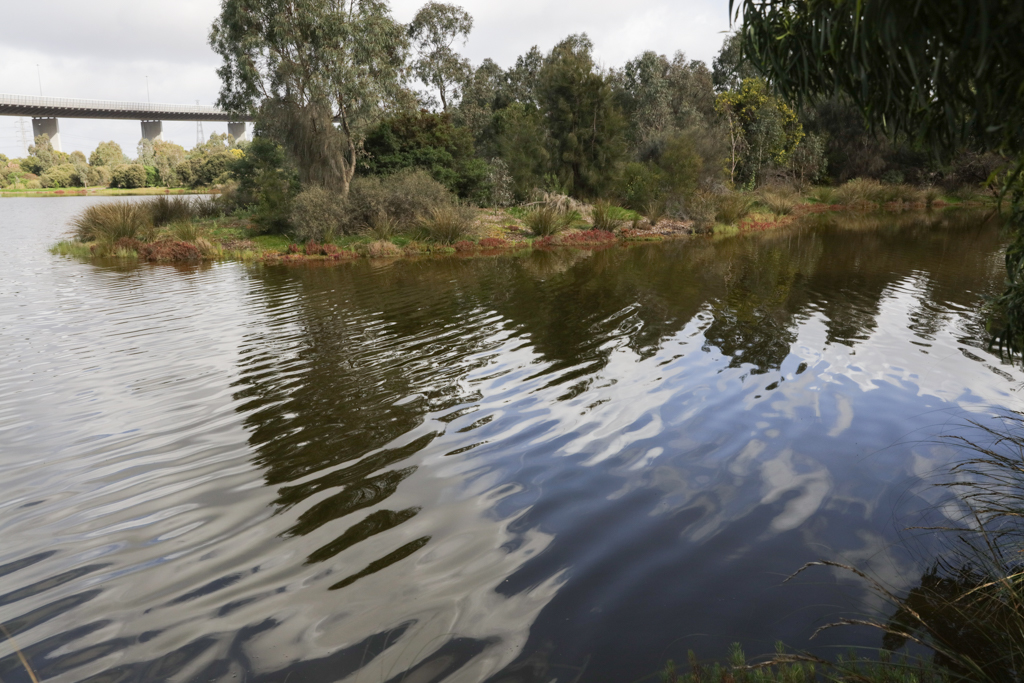
A narrow strip of Westgate Park runs between the Birrarung (Yarra River) and Lorimer Street. There are great views across to Williamstown and beneath the soaring bridge above. A punt operates for commuters. The river is saline at this point and a beach appears at low tide.
Volunteers planted into the steep rock walling along its 1km length. This is where you can see Coast Banksia plants and enormous ships sailing under the bridge.
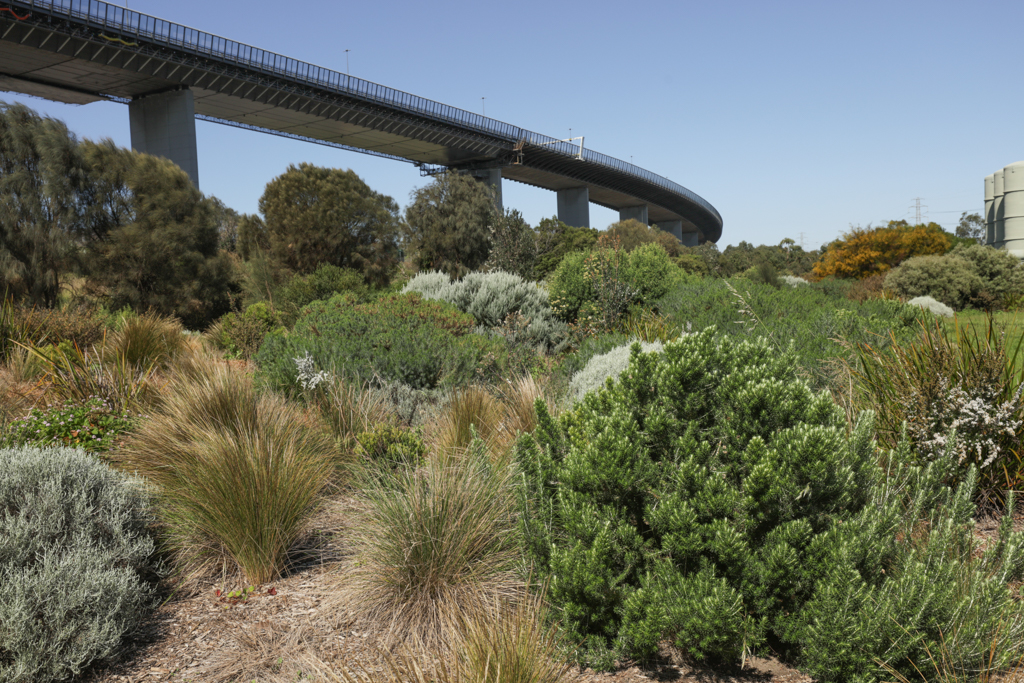
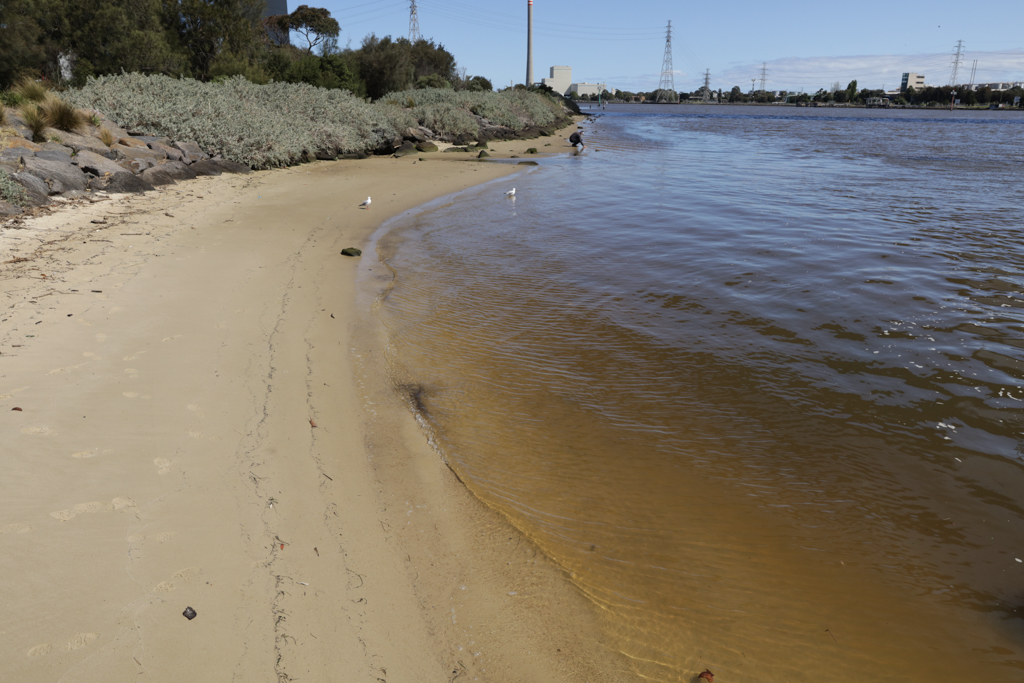
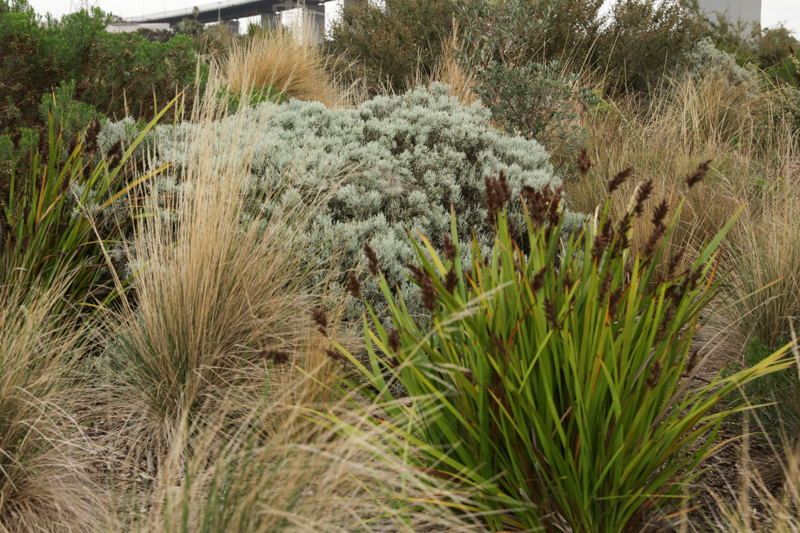
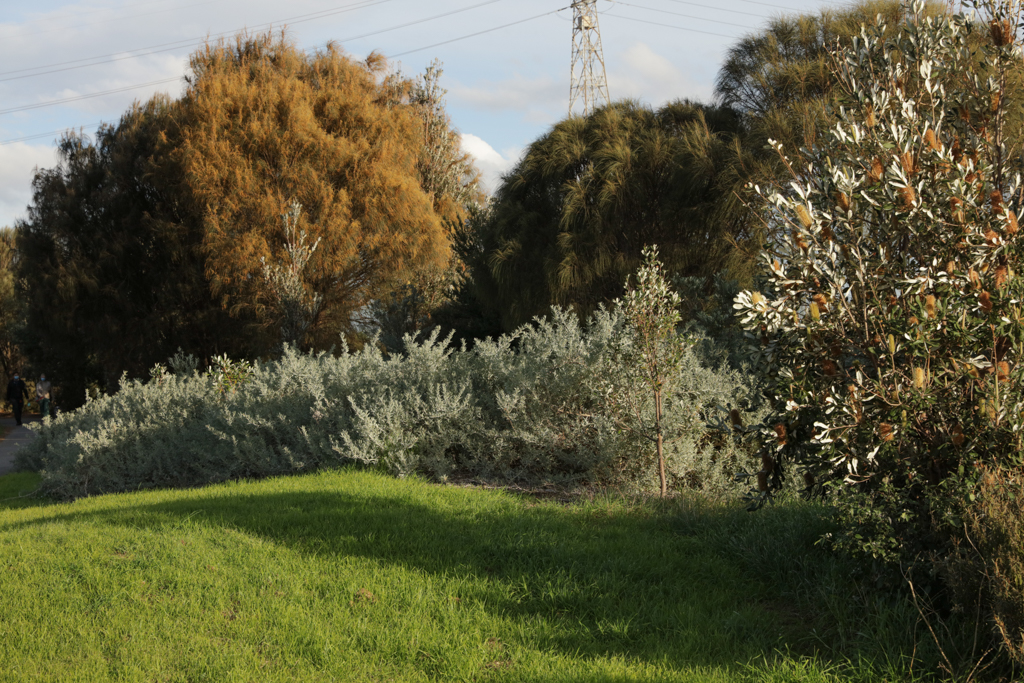
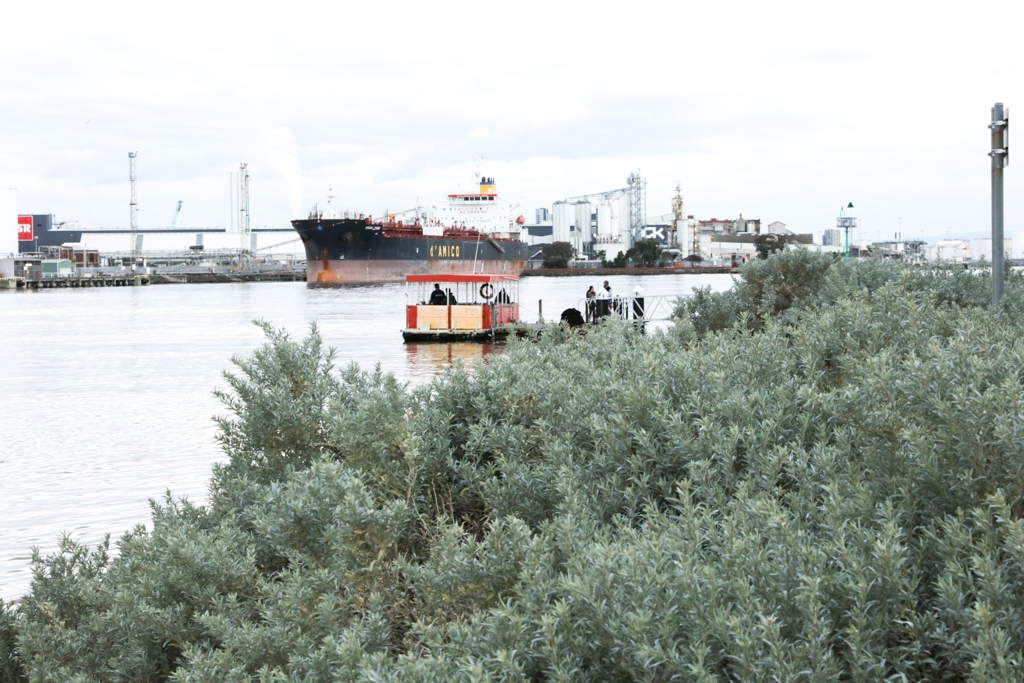
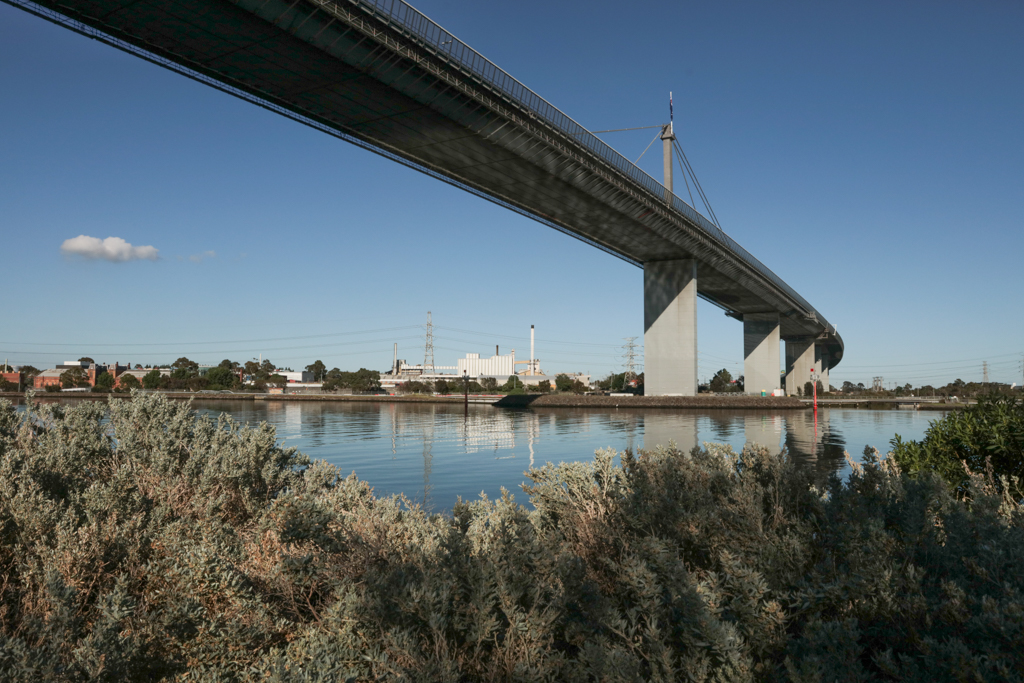

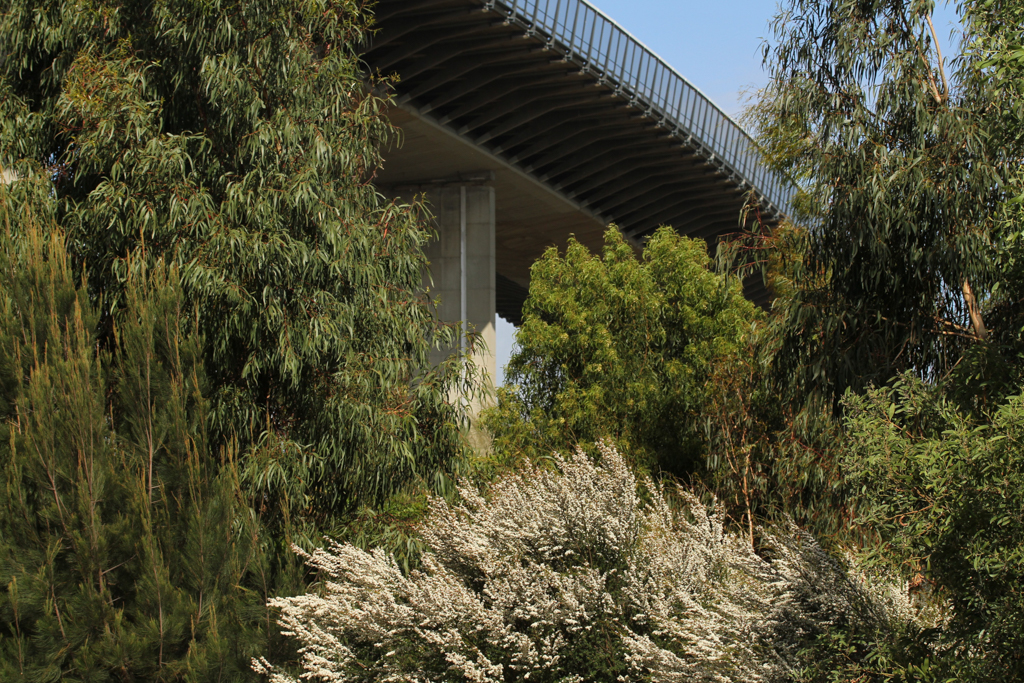
One third of Westgate Park is in wetlands – a large salt lake, a freshwater lake with a large island, a dam, lagoons and ephemeral ponds.
The freshwater lake is quite shallow but is good habitat for the many water-dependent birds – swans, ducks, coots, cormorants, spoonbills, grebes, pelicans, egrets, swamphens, stilts etc.
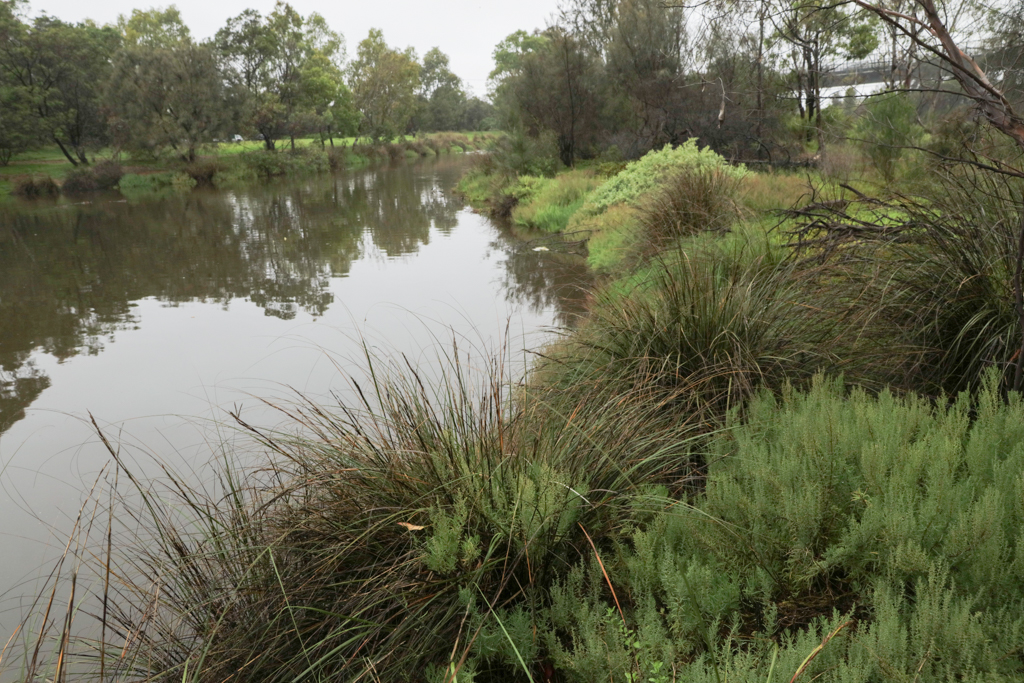
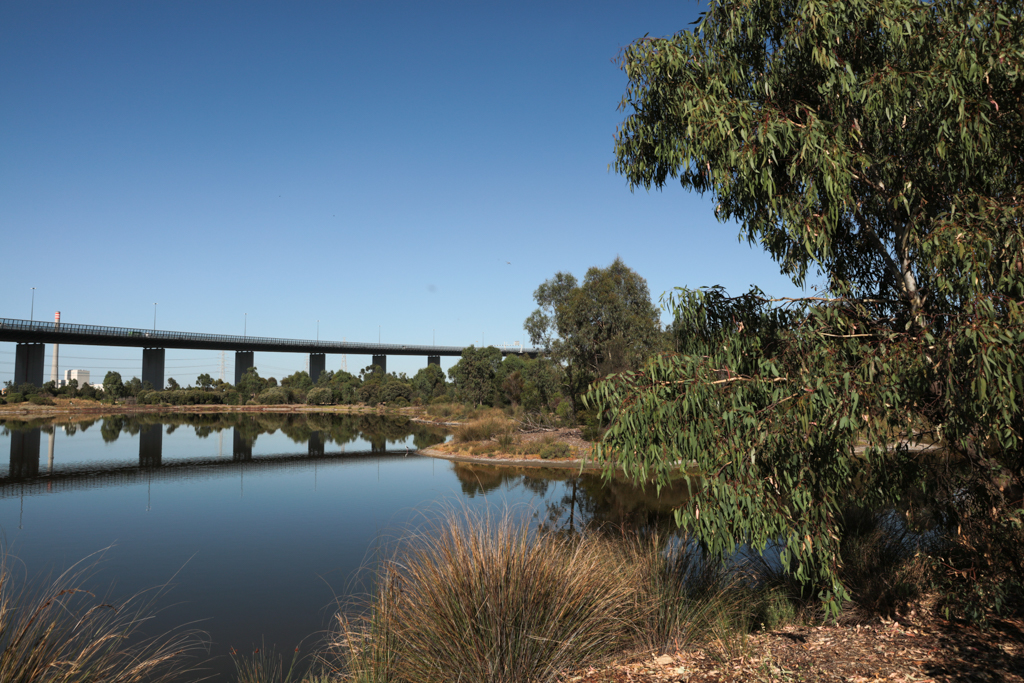
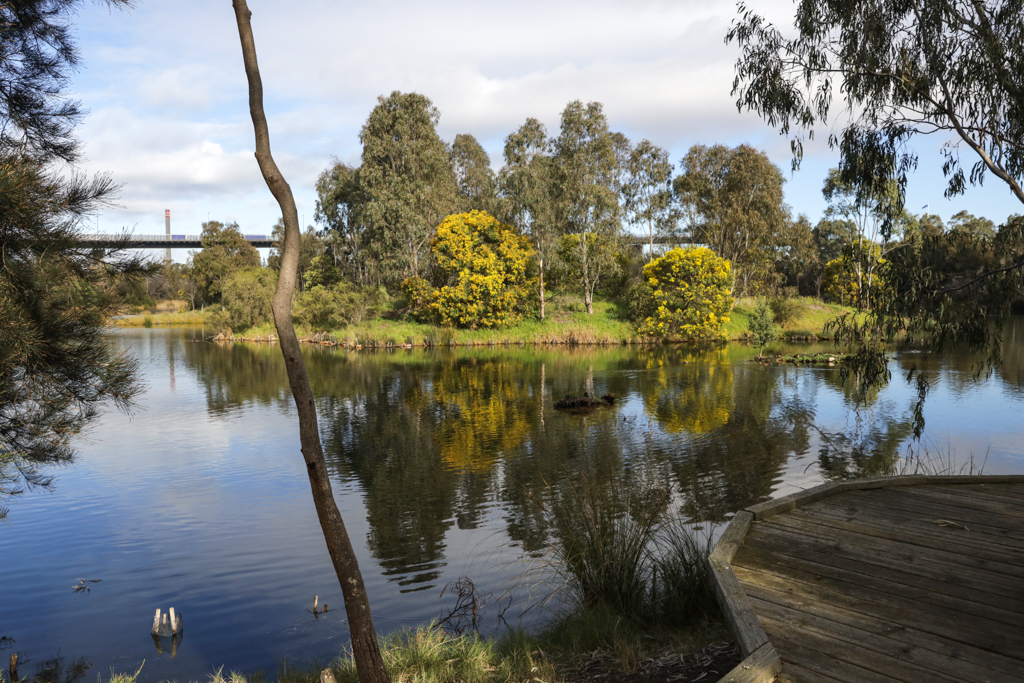

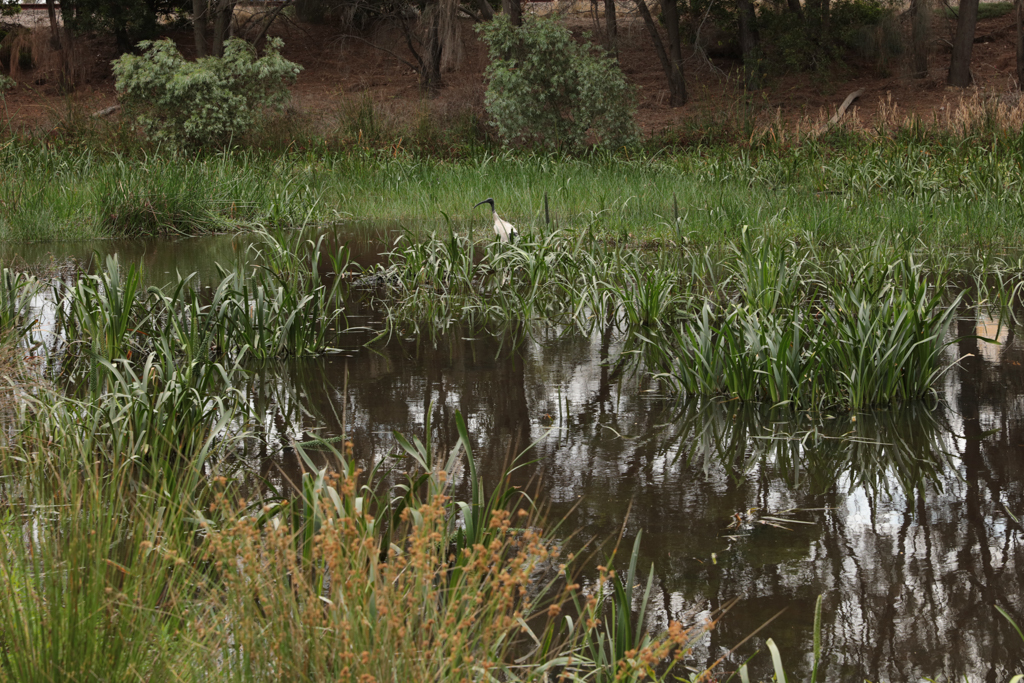
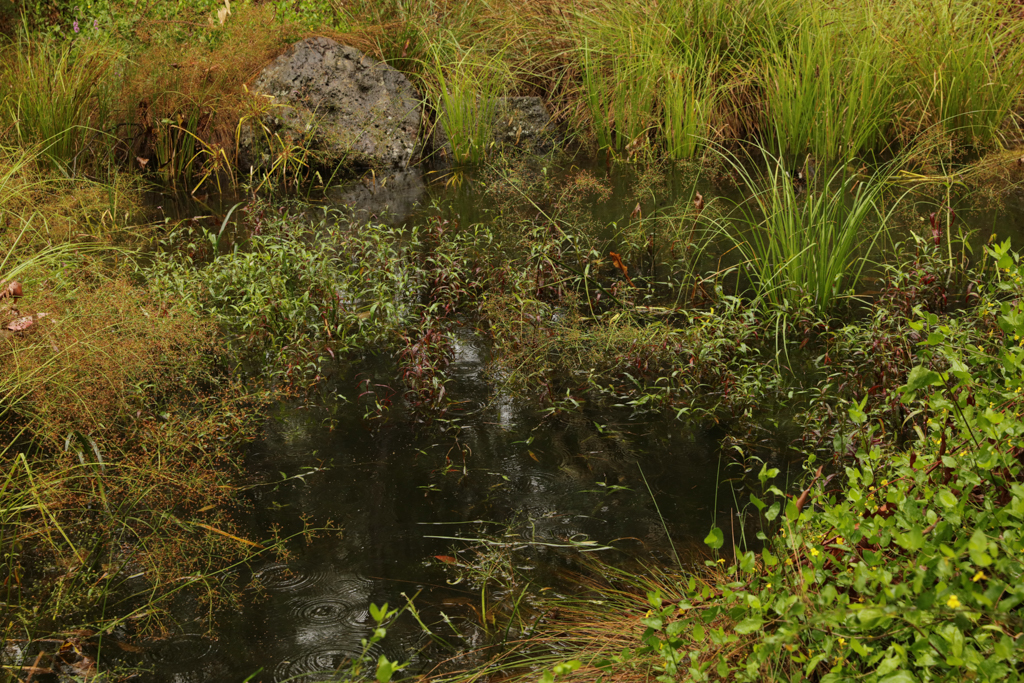
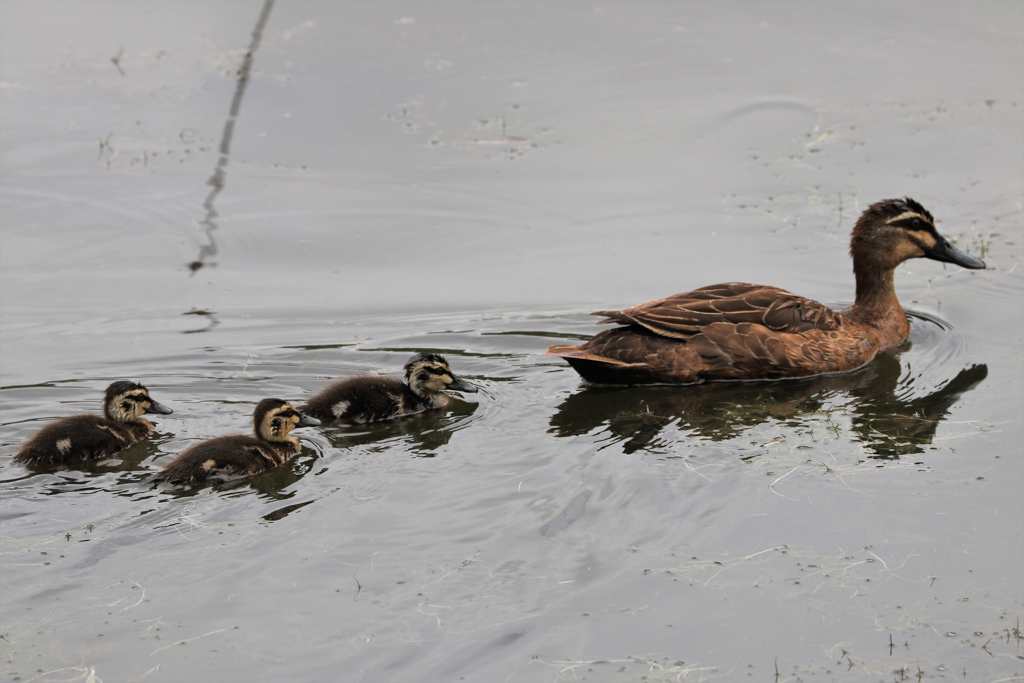

The salt lake is deep and sometimes turns pink when water levels are low and temperatures are high. The lake is fringed by saltmarsh plants, most of them succulents. We ask you to not walk around the salt lake because these plants grow slowly and are particularly vulnerable to trampling. Very occasionally water levels fall to reveal the hood of a salt-encrusted car!
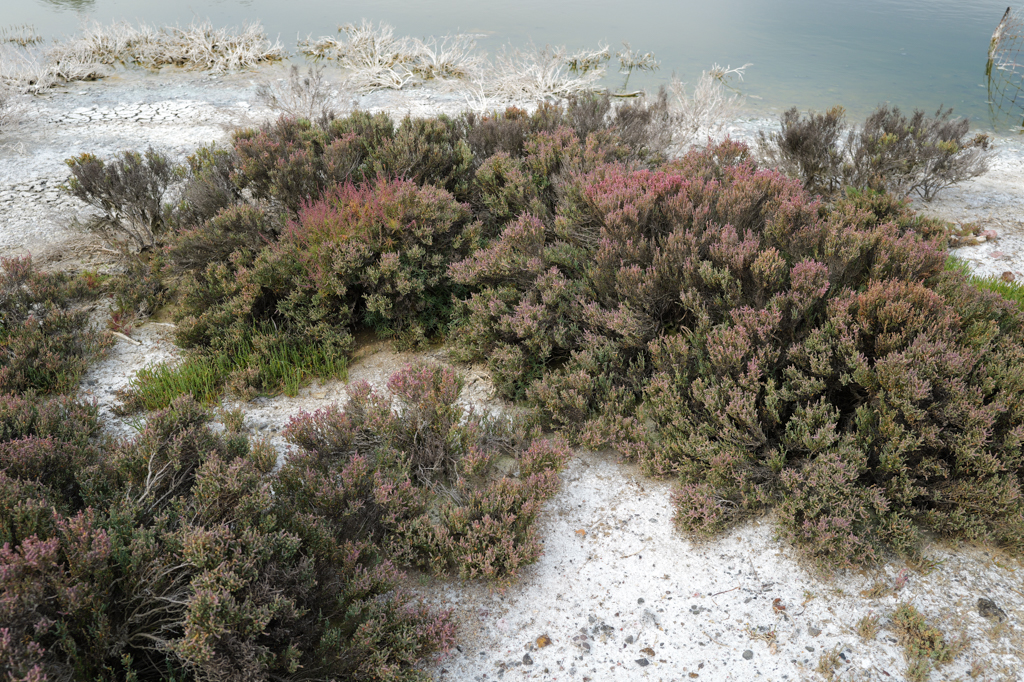
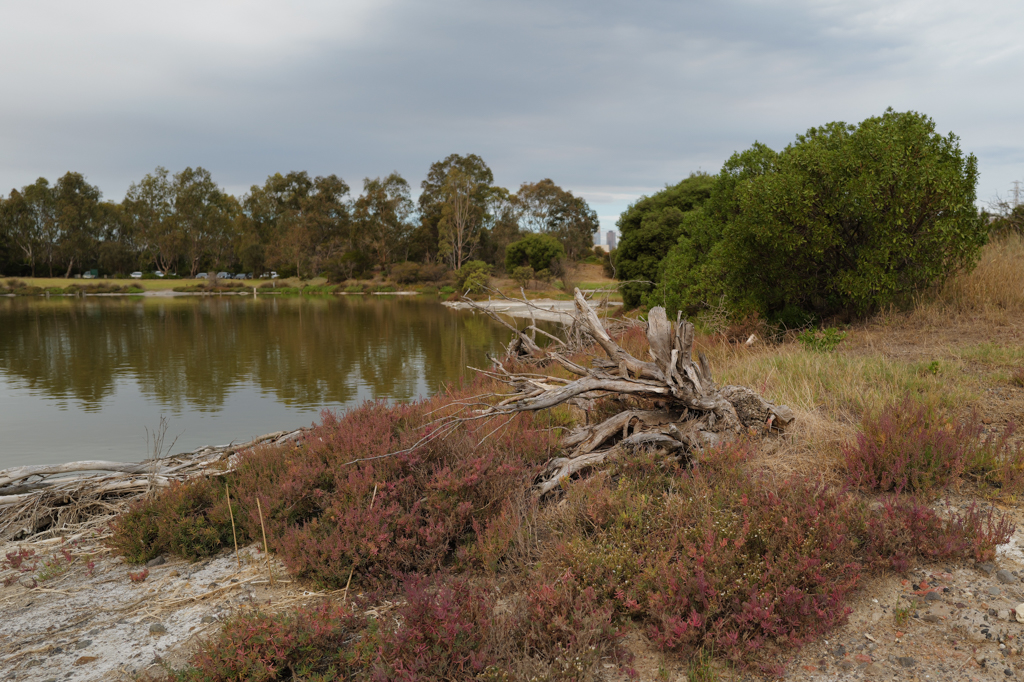
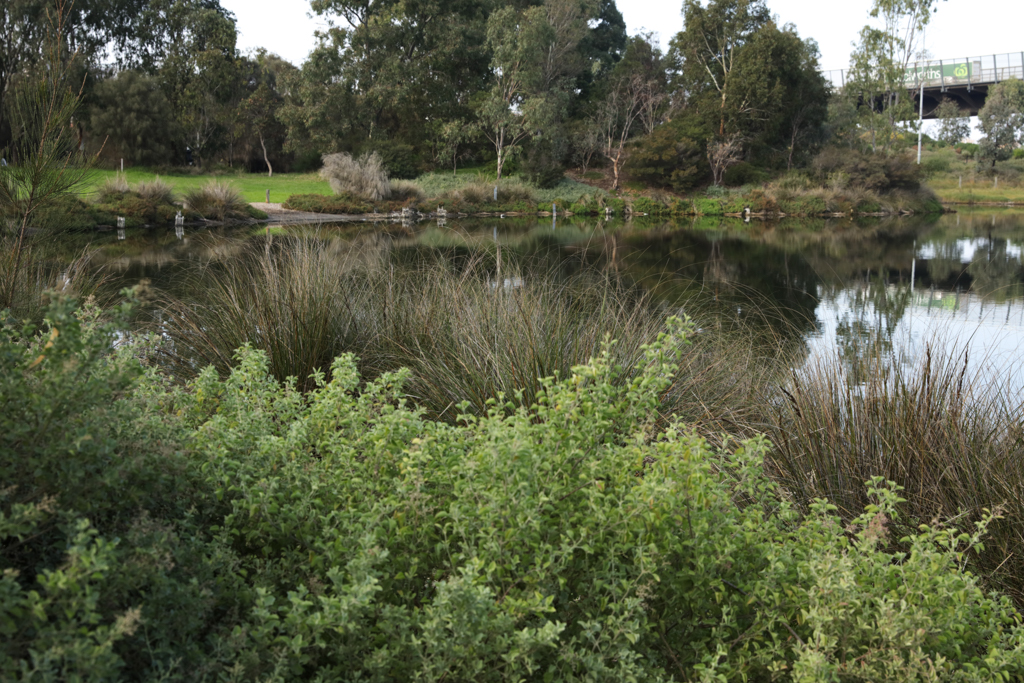
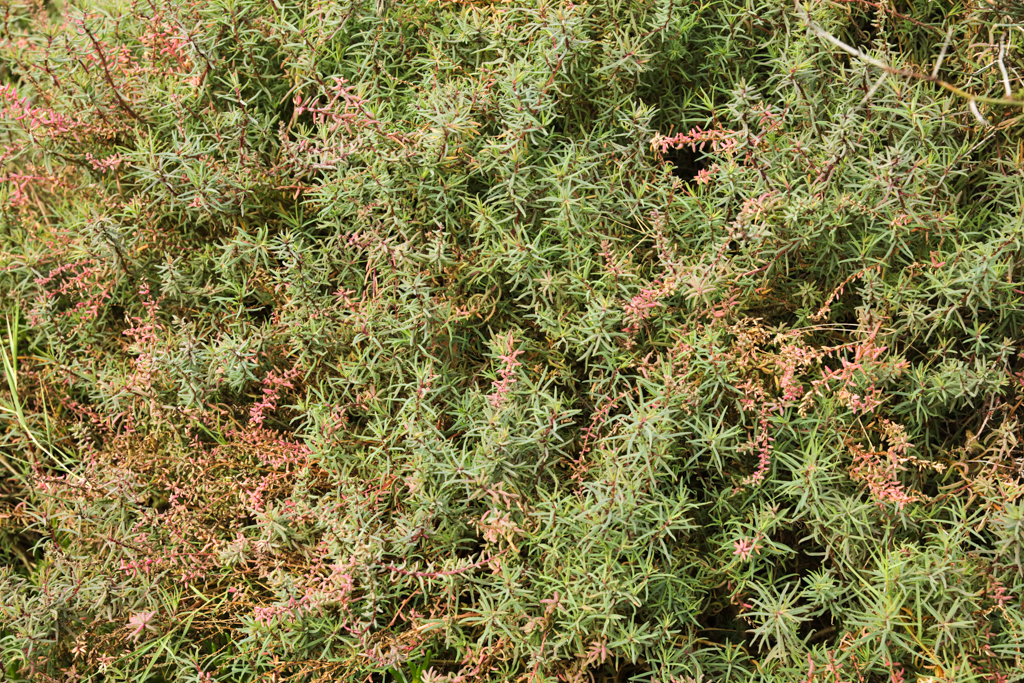
The eucalypts, including the grand Eucalyptus camaldulensis – Red River Gum, are woodland species planted in most sections of the park.

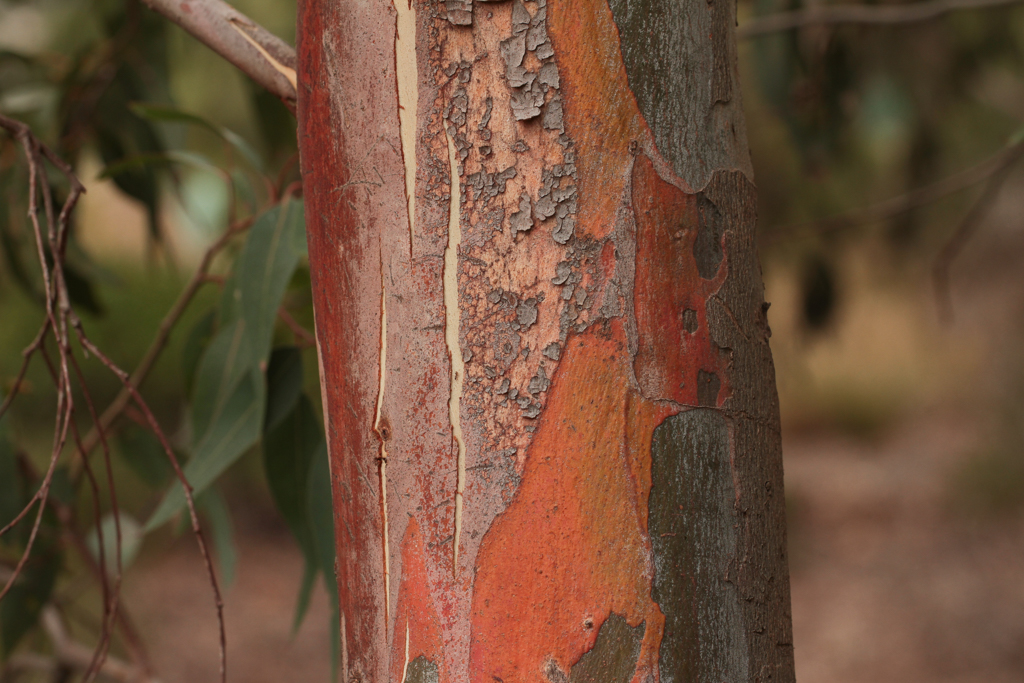
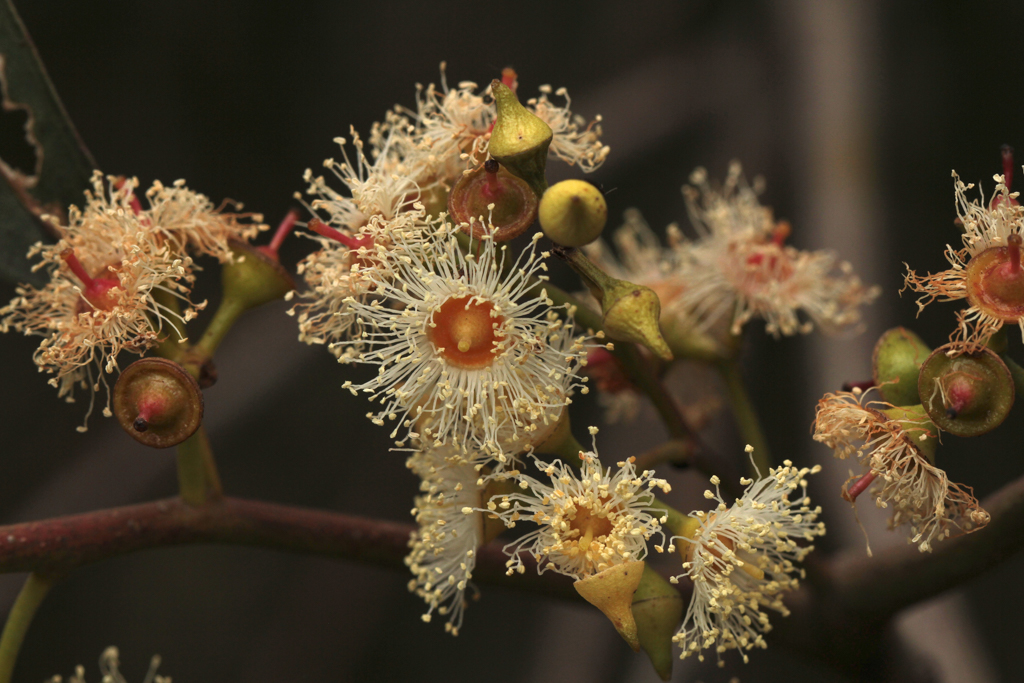
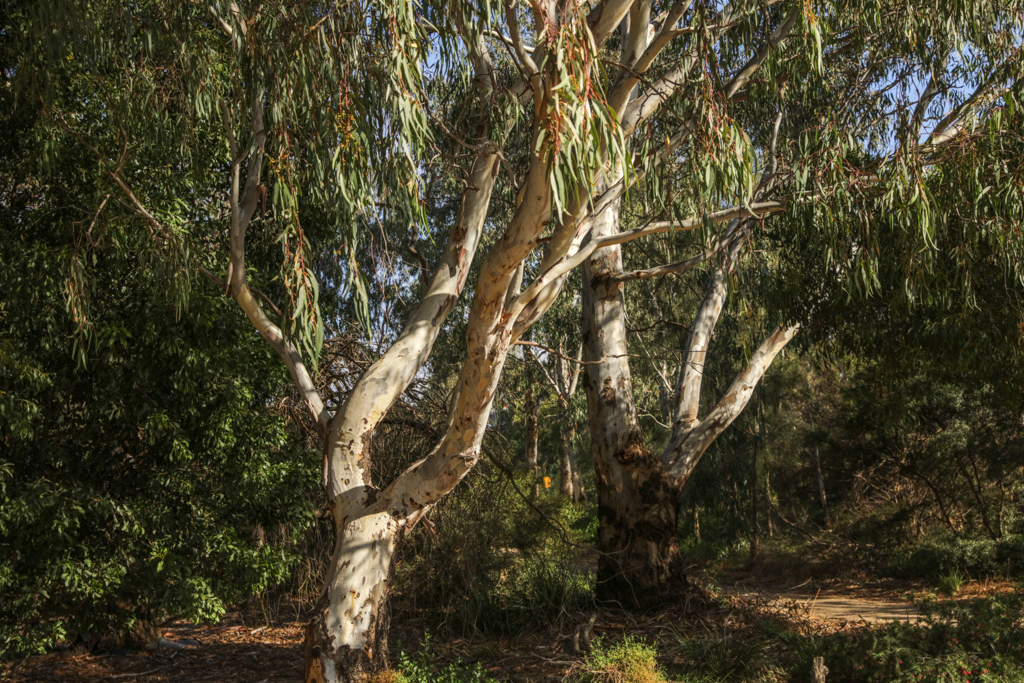
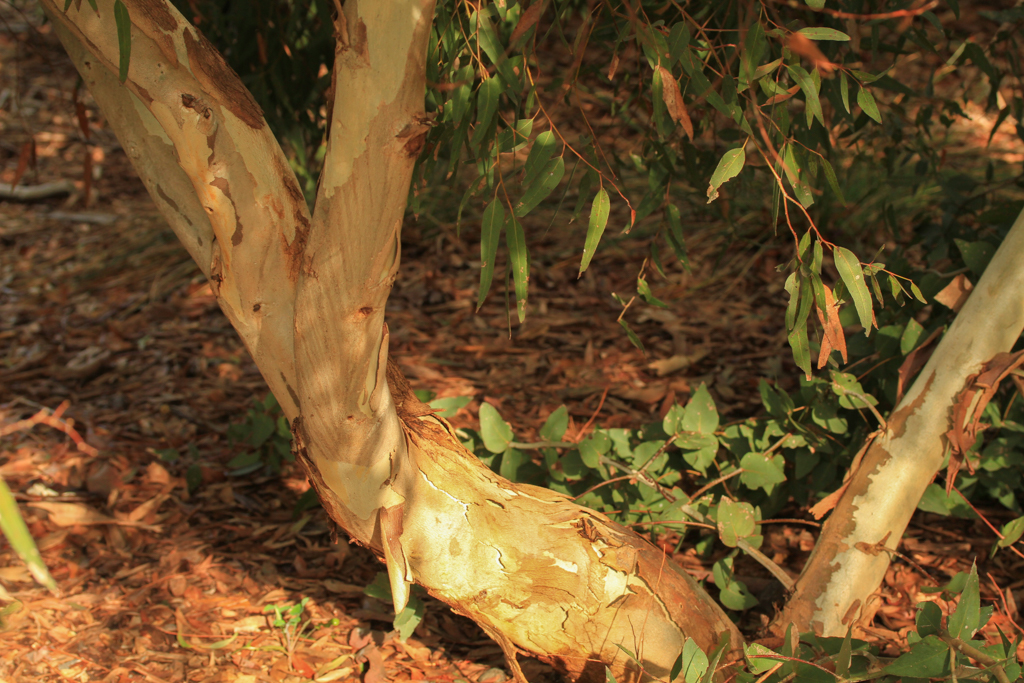
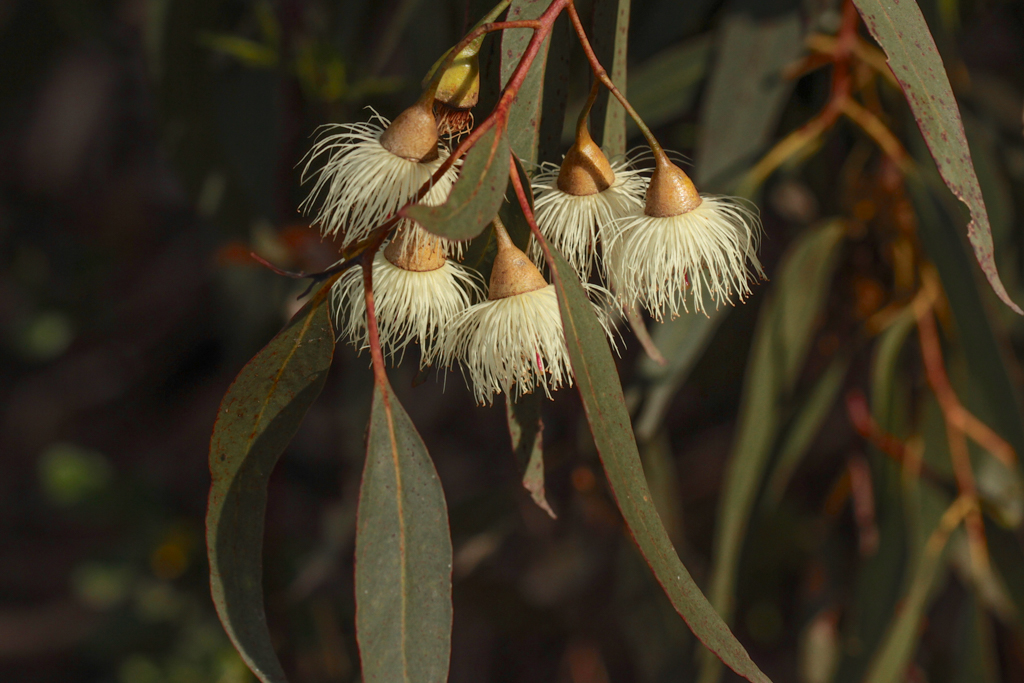
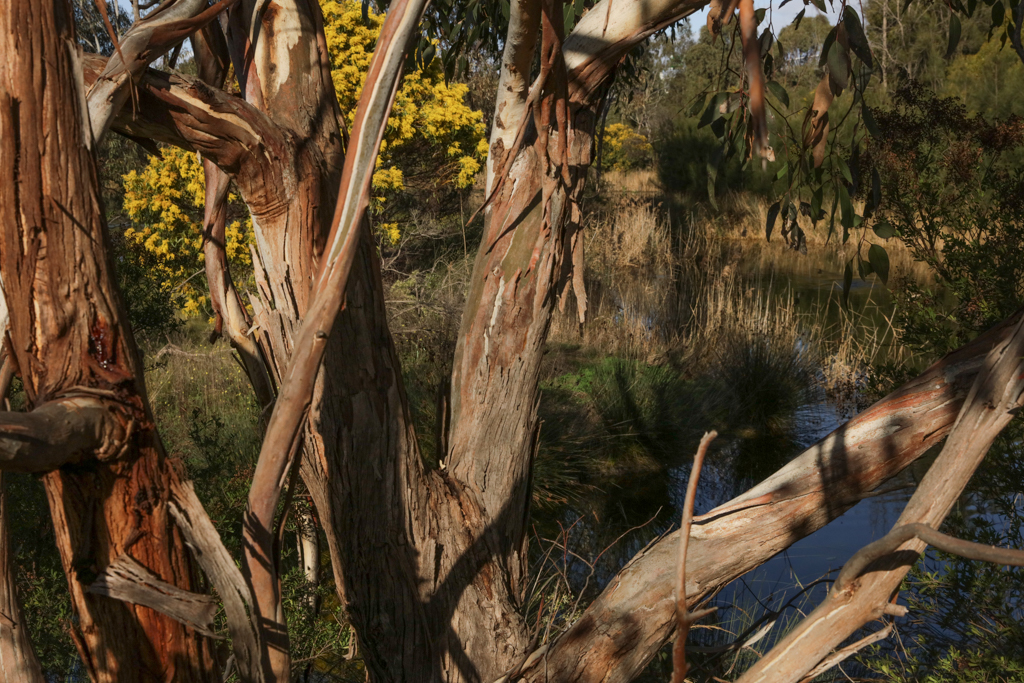
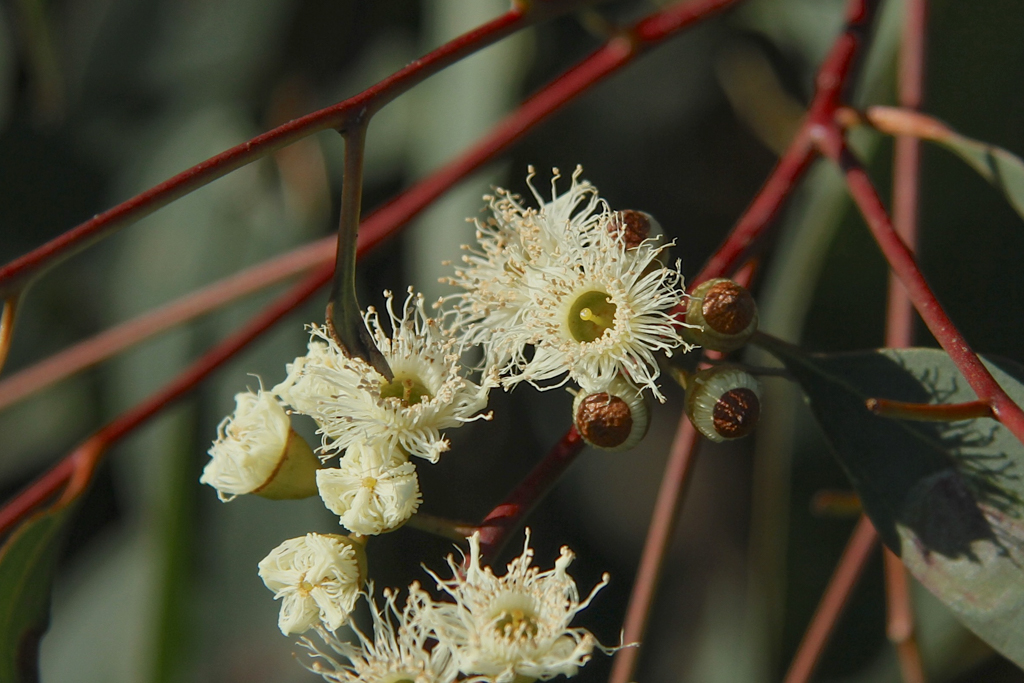
The early transformation of Westgate Park
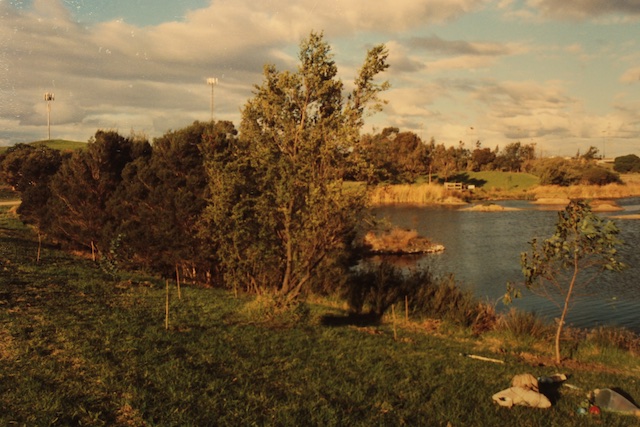

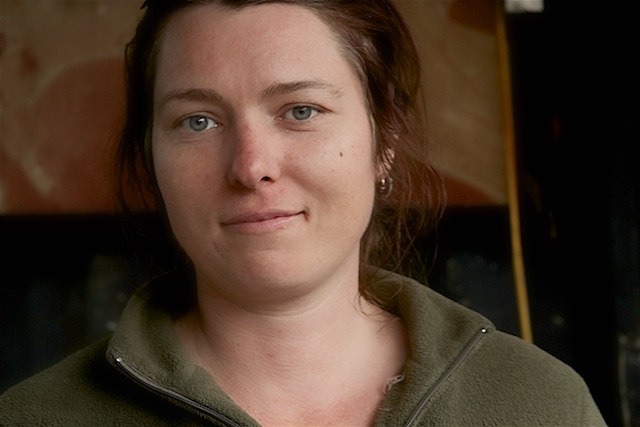

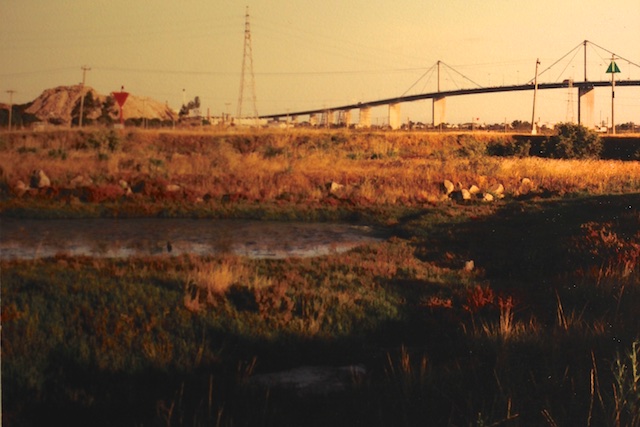

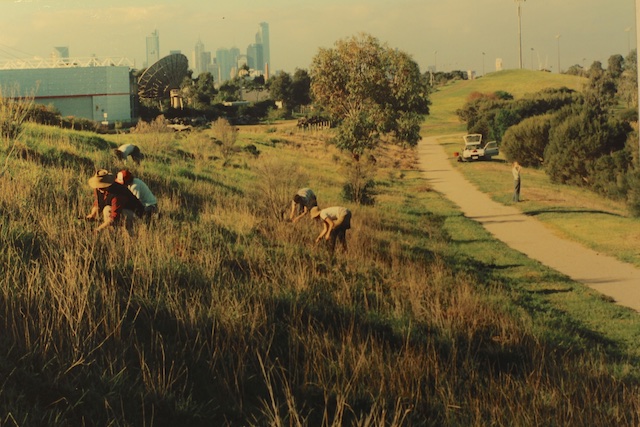
Founder, 19 year-old Naomie Sunner, a VCA photography student, discovered the Park in 1999 on her transformative trek along the length of the Yarra River. She thought this neglected, abandoned park – the closest she could get to the river mouth – was nonetheless beautiful and had such potential!
Her initial thought was to volunteer but there was no friends group so, with a little help from mentors, she established and incorporated the Friends of Westgate Park and set to work.
“The sheer size was daunting but this land had been so disturbed that nothing I could do would make it worse. There were some areas with remnant salt marsh but wasn’t the same as walking into a real remnant site. There were maybe 10 planted species, a few of them indigenous but lots of invasives like Juncus acutus.”
She took baby steps, roped in friends and some others but it was largely her own efforts.
“We started planting indigenous species around the Park entrance, some of the salt marsh areas and the hill overlooking the lake. I knew very little about revegetation at the time but volunteered at SKINC (local indigenous nursery), read an awful lot and identified plants by drawing. I call myself nag-taught – taught by nagging other people for info.”
She organised events and planting days with ‘varying success’, took on school groups, learned to make grant applications and started working part time, running a work for the dole program. While her enthusiasm and energy were essential to the group, it wasn’t until a new member turned up sharing her enthusiasm and commitment, that the group really started to make progress in their goal of creating a rich, biodiverse park.
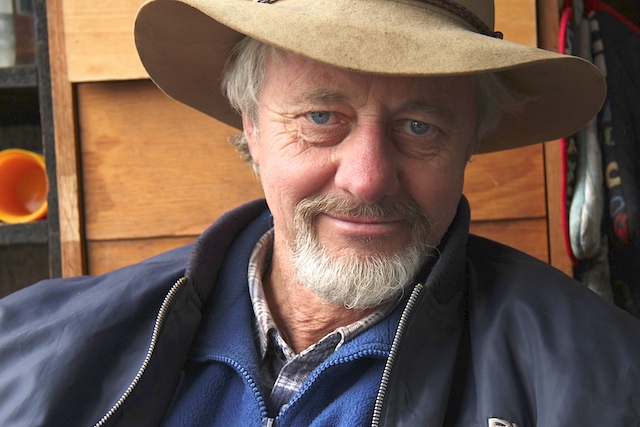
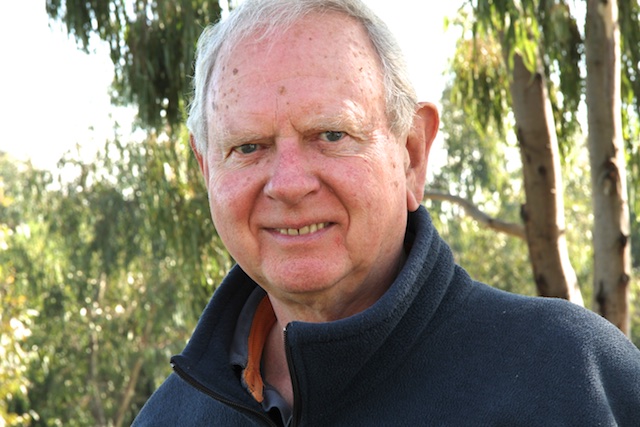
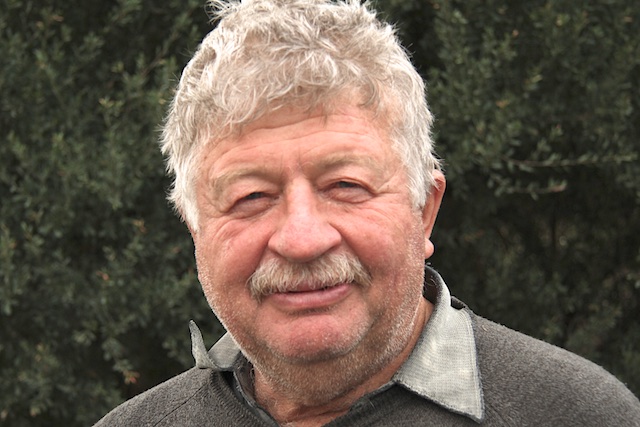
Enter George Fotheringham, a retired landscape contractor with a passion for indigenous plants and birds and a natural landscape designer. He saw a call for volunteers and turned up, impressed that these young people happily worked all day in pouring rain. Ever since, George has worked well more than full time, leading the on-ground effort, mentoring, teaching; the expert.
The next year Tony Flude joined the team, also full time; a skilled organiser who has built a stable of corporations keen for their staff to put in a day’s work; shifting mulch, planting, cutting out woody weeds, knowing it will be well organised and worthwhile. Service clubs, work programs added to the effort.
Rob Youl OAM, a Landcare movement pioneer, established the Friends’ strong partnership with Landcare. Neil Blake, OAM from Port Phillip EcoCentre gave guidance. Lecki Ord, architect/planner and former Lord Mayor of Melbourne led the advocacy effort, assisted with planning, nursery and on-ground work. The very diverse committee of management included Janet Bolitho, Malcolm & Ruth Cook, Lyn Allison, Jackie Kerr and Michael Cole.
Supporting corporations are too numerous to list but neighbour, Holden, provided generous cash support over time and a very useful park vehicle. Much-valued partners, the St Kilda Indigenous Nursery Co-op gave technical assistance and produced over half the seedlings used. The Friends worked closely with Parks Victoria; Westgate Park managers, and Port of Melbourne Corporation, taking care of vegetation on the Port’s river section.
(Extract from 30th anniversary of Westgate Park, Nov 2015)
The Friends of Westgate Park was made up of enthusiastic people, passionate about Westgate Park and the natural environment. With skills in horticulture, natural resources management, plant, bird and animal identification and plant propagation, and the energy to get out and do it, that’s what they did!
Their vision was to:
Transform the Park into a bushland setting for locally indigenous plants and animals – a place where visitors can appreciate richly diverse, natural ecosystems in a beautiful landscape.
Through direct experience their aim was to share their knowledge about the value and importance of the species that thrived in inner Melbourne before European settlement and to encourage their protection and adoption in gardens and parks elsewhere.
So far, they have planted more than 300,000 plants in nine distinct vegetation areas or EVCs, have successfully cultivated rare and endangered species, propagated much of what is planted and improved and shared seed stocks with other groups.
In 2010 the Friends of Westgate Park won the prestigious Urban Landcare Award for their work.
Over the last 19 years they have also used their advocacy skills and good relations with governments and government agencies to have 7.8ha of adjacent land added to the Park and undertaken major landscaping projects such as the Southern Wetlands, Port land on the Yarra River bank, the Todd Road Embankment and much more.
They have partnered with business to improve lake and wetland water quality, engaged with employment agencies and schools to teach young people about horticulture and worked with corporations to provide staff with the happy experience of working in the Park.
Their aim was to engage people of all ages and backgrounds in volunteering their time and effort to achieve the vision and to enjoy this remarkable park.
Citizen Science – birds


For two decades our ‘bird survey volunteers’ have meticulously counted and recorded the bird species in Westgate Park and the number has now grown to 175. Not bad for a park surrounded by industry and traffic!
The surveys, held on Monday mornings, follow the same route around Westgate Park and the reports provide extraordinary insights into the movements of these birds. Typically ~60 bird species are seen or heard each month. Sightings between surveys are added to the data. Weather, lake water levels and notable or unusual sightings are recorded.
On these routes we often come across non-bird species like the Long Necked Turtle digging a hole in which to lay her eggs. The very cute families of Superb Fairy Wrens – now the biggest population of these birds in Melbourne.
Our brilliant photographers – Ursula, Andrew, Elke, Peter and others – capture moments in time like the Powerful Owl with a small possum in its claws, the mating rituals of the Hoary-headed Grebes, the Yellow-Tail Black Cockatoos ripping bark to get to the grubs, the Pied Cormorant with a yabby, the Willy Wagtail about to fledge, the shy Buff-banded Rail. So many stories!
If you would like to join the group to look and learn, call Rob on 0407 362 840.
Bili Nursery
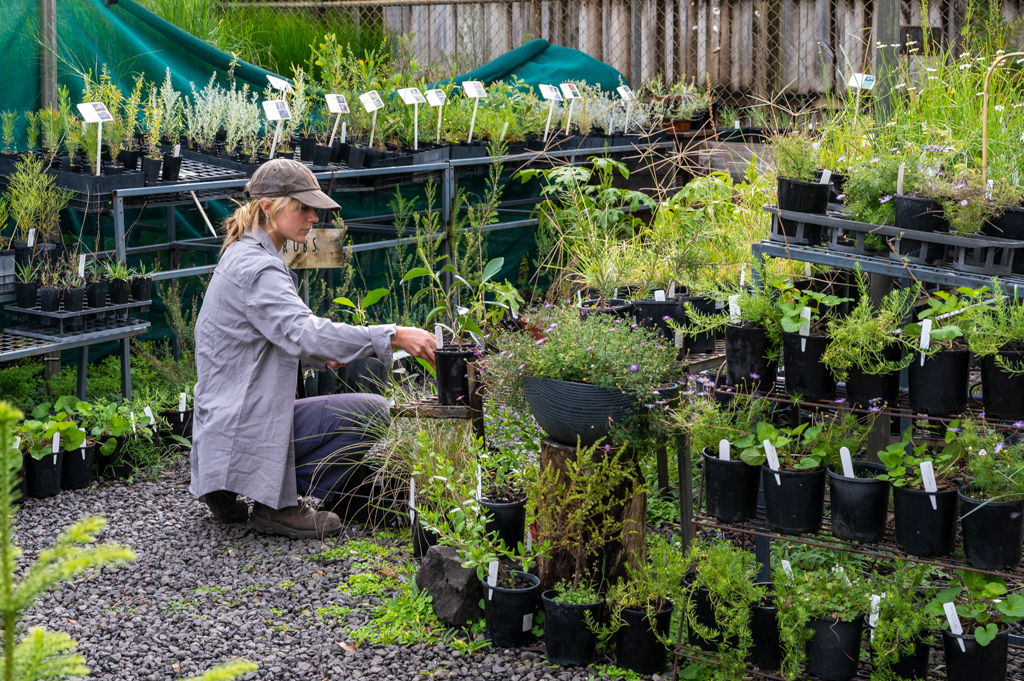
| Aceana echinata | Eryngium vesiculosum | Pimelea glauca |
| Aceana ovina | Eucalyptus cephalocarpa | Pimelea humilis |
| Ajuga australis | Eucalyptus globulous | Pimelea linifolia |
| Arthropodium minus | Eucalyptus macrorhyncha | Poa ensiformis |
| Asperula conferta | Eucalyptus microcarpa | Potomogeton cheesemanii |
| Austrostipa bigeniculata | Eucalyptus obliqua | Potomogeton crispus |
| Austrostipa curticoma | Eucalyptus regnans | Potomogeton ochreatus |
| Austrostipa densiflora | Eucalyptus siederoxylon | Prosthanthera melissifolia |
| Austrostipa gibbosa | Eutaxia difusa | Prosthanthera nivea |
| Austrostipa pubinoidies | Goodenia gracilis | Pultenaea gunnii |
| Austrostipa rudis | Goodenia humilis | Pultenaea hispidula |
| Austrostipa semibarbarta | Goodenia pinnatifida | Pultenaea pendunculata |
| Baloskion tetraphylla | Gratiola peruviana | Pultenaea scabra |
| Baumea arthrophylla | Hibbertia fasicularis | Pultenaea stricta |
| Baumea articulata | Hibbertia sericea | Pultenaea tenuifolia |
| Baumea juncea | Hovea heterophylla | Pycnosorus chrysanthes |
| Bolboschoenus caldwelli | Imperata cylindrica | Pycnosorus globosus |
| Bolboschoenus fluvitalis | Juncus holoschoenus | Ranunculus amphitrichus |
| Bolboschoenus medianus | Juncus australis | Ranunculus lappaceus |
| Bossiea obcordatus | Juncus gregiflorus | Rodanthe anthemoides |
| Brachyscome diversifolia | Juncus pauciflorus | Rumex bidens |
| Brachyscome graminea | Juncus procerus | Rumex brownii |
| Brunonia australis | Juncus sarophorus | Rumex tenax |
| Caesia calliantha | Juncus semisolidus | Rutidosis leptorhyncoides |
| Caesia parviflora | Juncus subsecundus | Rytidosperma bipartitum |
| Cassinia longifolia | Kunzea leptospermoides | Rytidsoperma fulvum |
| Carex bichenoviana | Leptorhynchos squamatus | Rytidsoperma pallidum |
| Carex breviculmis | Leptorhynchos tenufolius | Schoenoplectus pungens |
| Carex guadichaudiana | Leucopogon ericoidies | Schoenoplectus tabernaemontani |
| Carex inversa | Leucopogon parviflorus | Senecio glomeratus |
| Carex inyx | Leucopogon virgatus | Senecio hispidulus |
| Cassinia longifolia | Lobelia irrigua | Senecio macrocarpus |
| Chamaescilla corymbosa | Lomandra filiformis | Senecio odoratus |
| Chorizandra australis | Lomandra filiformis subsp coriacea | Solanum aviculare |
| Chorizandra cymbaria | Lomandra multiflora | Spyridium parvifolium |
| Clematis aristata | Lomandra nana | Tetratheca bauerifolia |
| Coprosma quadrifida | Lythrum salicaria | Themeda triandra |
| Craspedia canens | Minuria leptophylla | Tricoryne elatior |
| Craspedia paludicola | Montia australasica | Triglochin alcockiae |
| Craspedia variabilis | Muehlenbeckia adpressa | Valisneria australis |
| Cyperus gunnii | Myriophyllum salsugineum | Velleia paradoxa |
| Cyperus lucidus | Myriophyllum verrucosum | Veronica plebia |
| Davesia latifolia | Myriophyllum caput medusae | Veronica subtilis |
| Davesia leptophylla | Myrsine howittiana | Vittadinia cuneata |
| Davesia ulicina | Olearia ciliata | Wahlenbergia communis |
| Dianella sp aff revoluta | Oleria asterotricha | Wahlenbergia graniticola |
| Dianella tasmanica | Ozothamnus obcordatus | Wahlenbergia luteola |
| Dillwynia cinerascens | Ozothamnus rosmarinifolius | Wurmbea dioica spp dioica |
| Dillwynia sericea | Patersonia fragilis | Xanthorrhoea australis |
| Eleocharis sphacelata | Pimelea curviflora | Xerochrysum palustre |
Bili Nursery
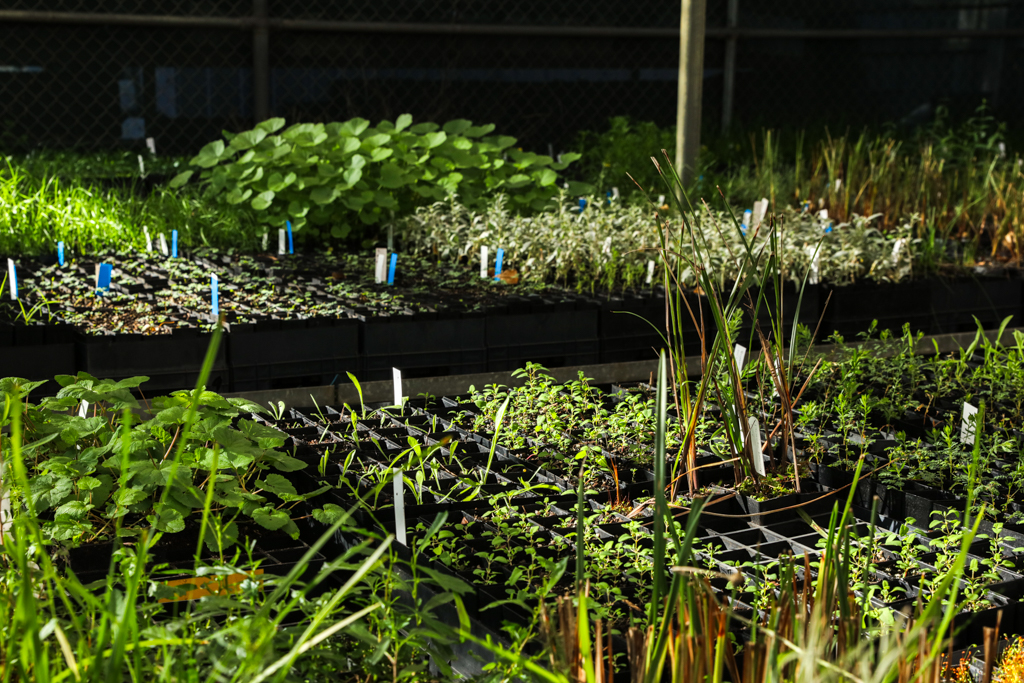
You can choose from our big range of indigenous plants at Bili Nursery, 525 Williamstown Road, Port Melbourne. We are open Monday to Friday 9-4pm and Saturday 10-3pm.
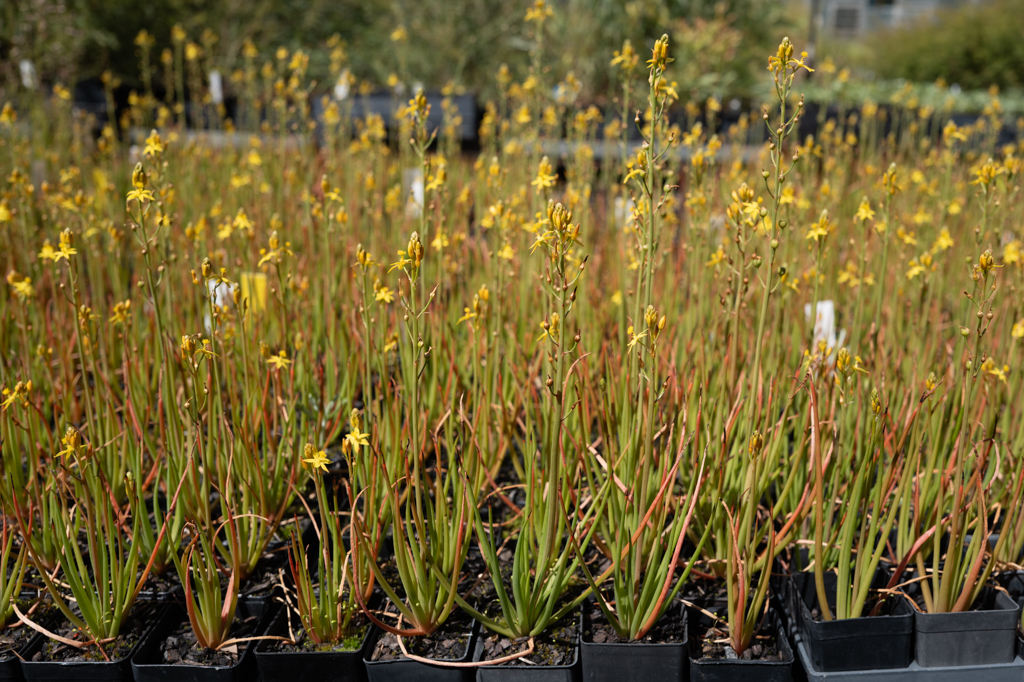
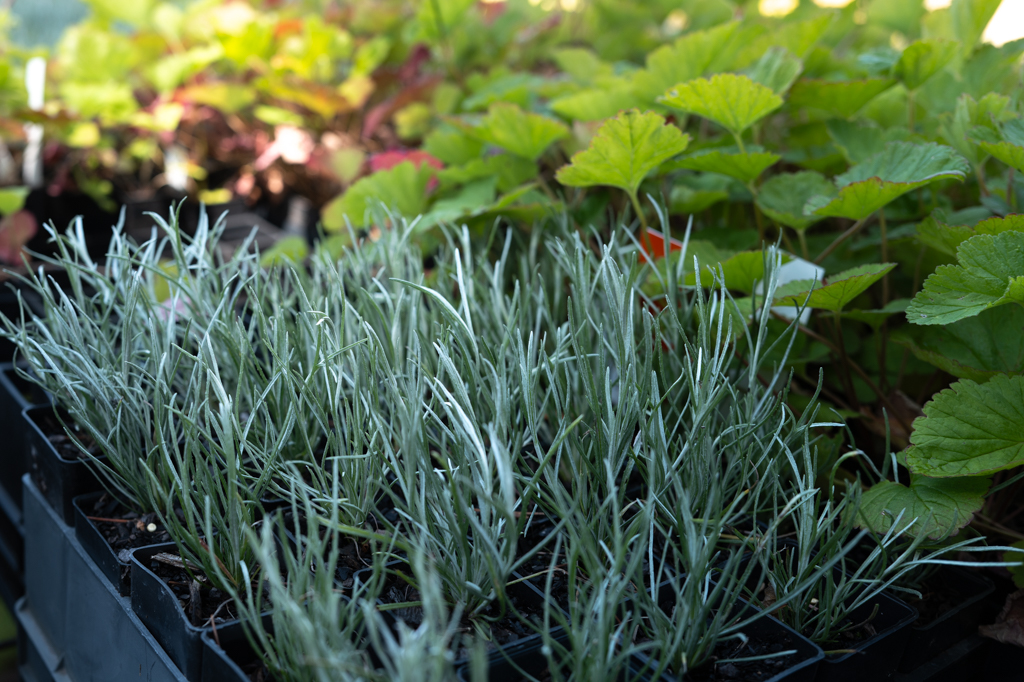
Our story
Since its inception over 20 years ago, Bili Nursery (formerly SKINC) has supplied the indigenous plants that have revegetated the Sandbelt area along the City of Port Phillip coastline.
Drawing on remnant vegetation from as far away as the Mornington Peninsula, the original team devised a species list of plants to put back into the surrounding area. Most of the parent stock was collected from these patches, and over the years, these plants have provided seed and propagation material for over 2 million plants.
These indigenous plants have been used extensively along the foreshore, re-creating frontal sand dune ecosystems and in reserves such as Canterbury Road urban forest, Lagoon reserve, Gill reserve, Turner reserve, Wattie Watson reserve, Point Ormond, Elwood Canal and in numerous local residents gardens.
